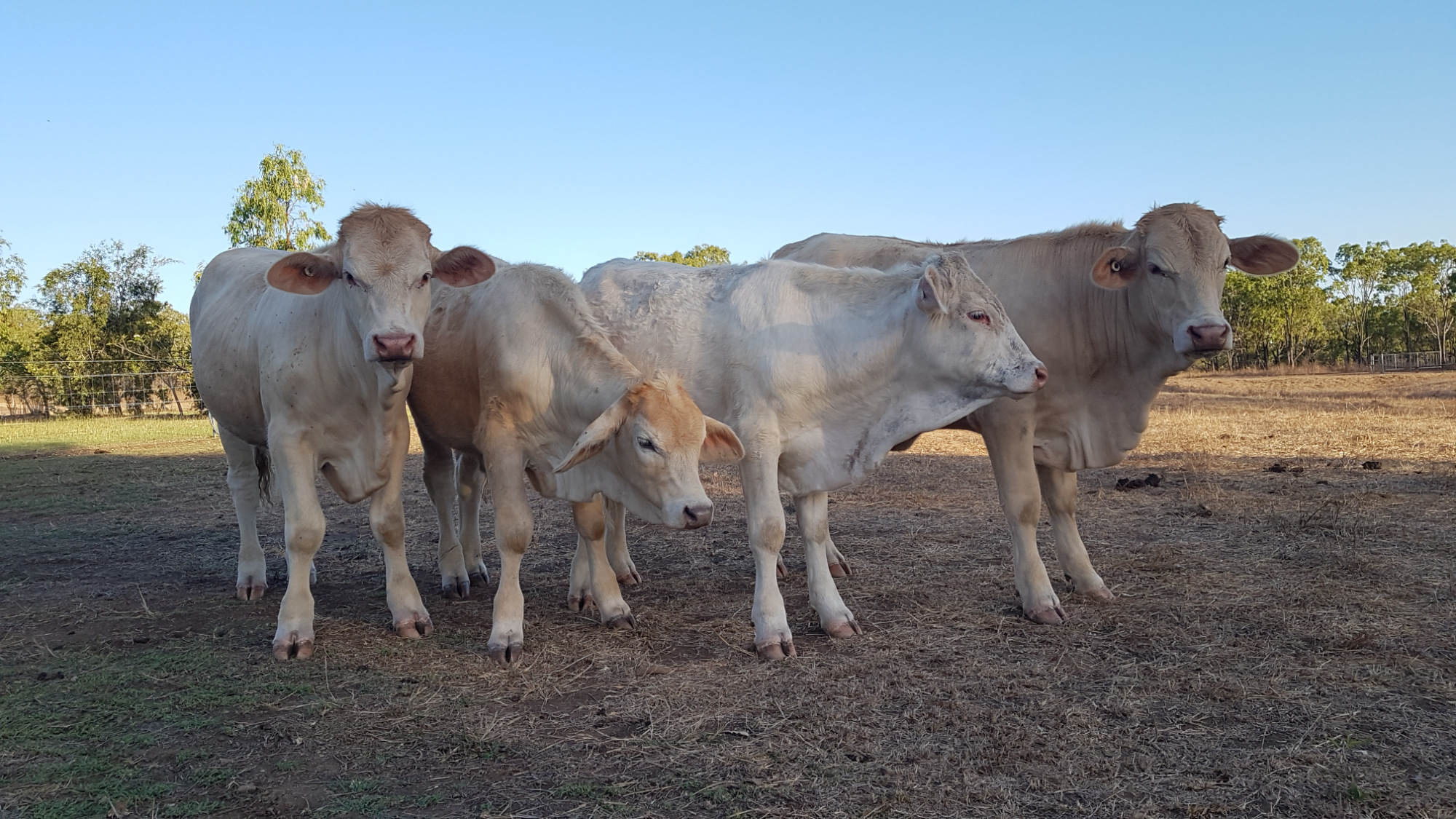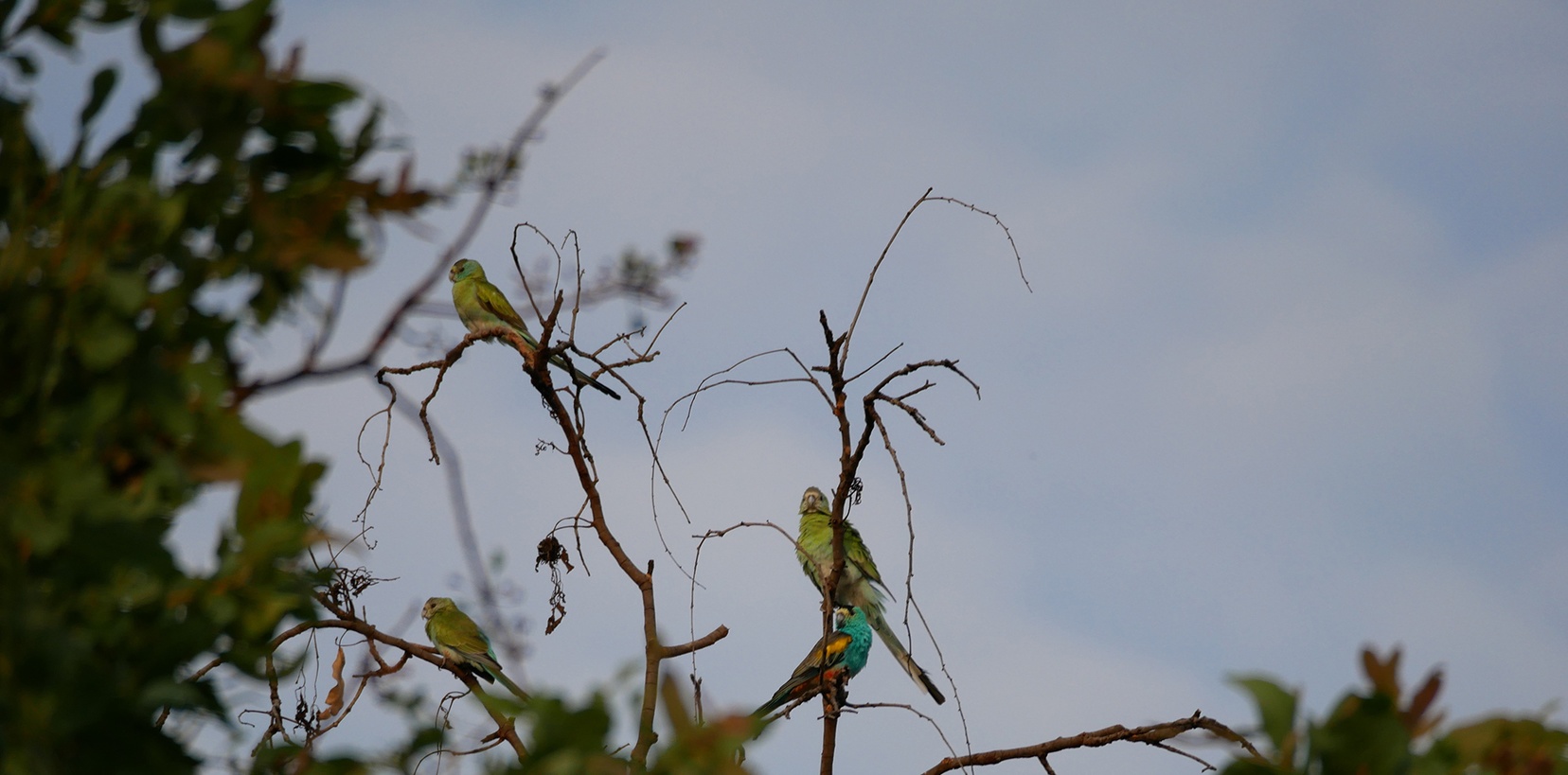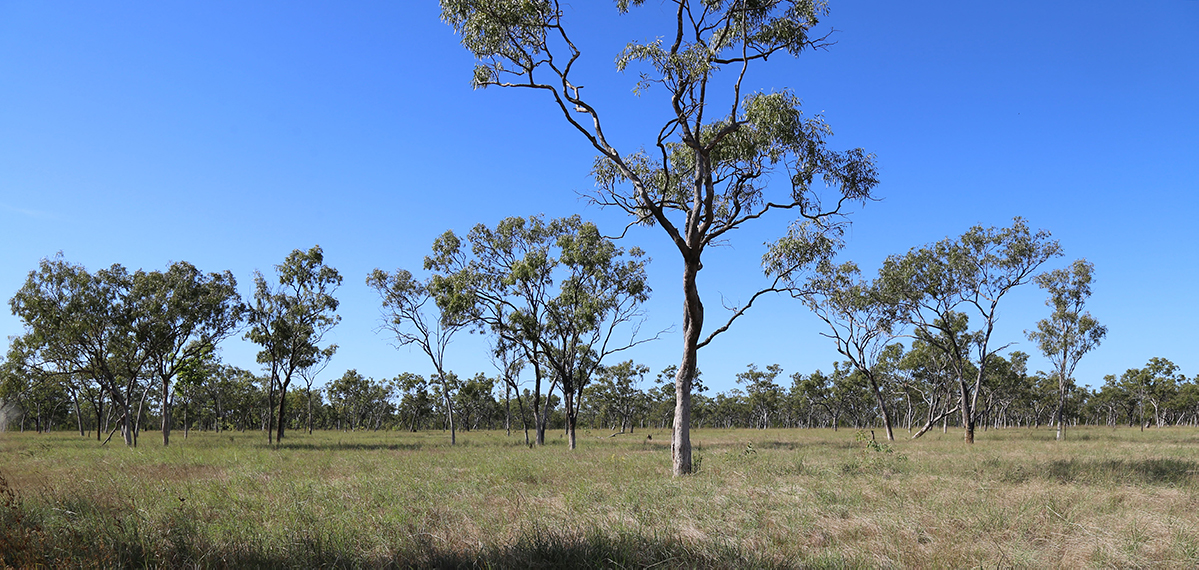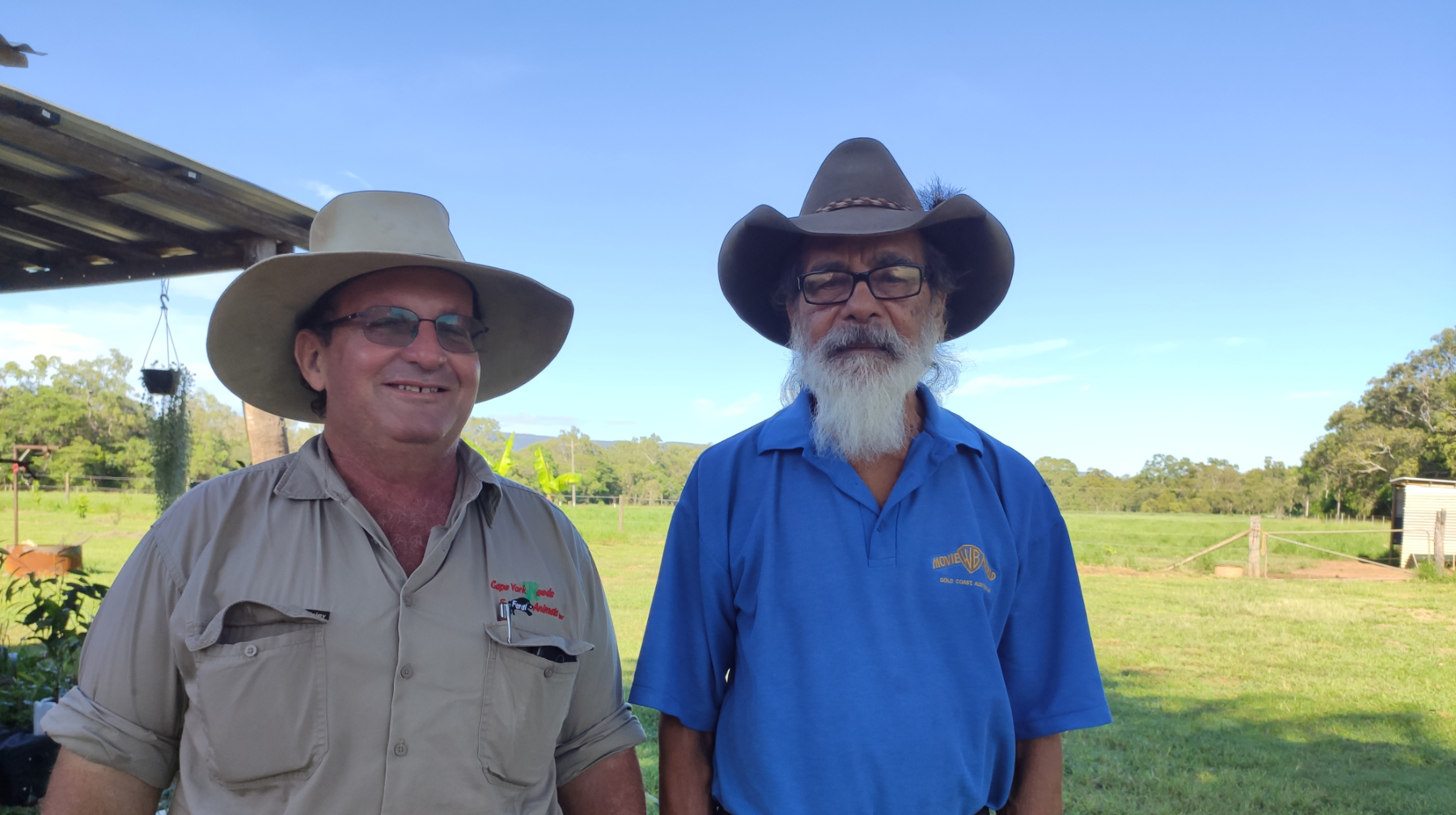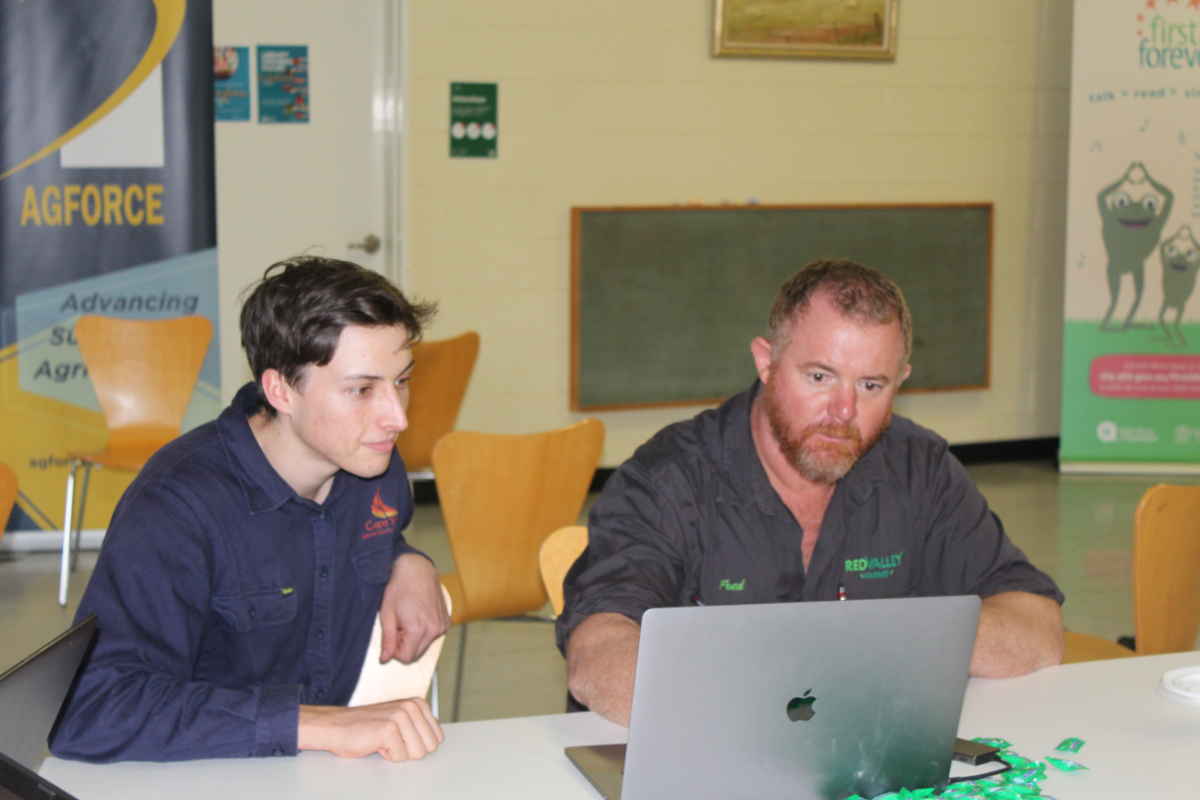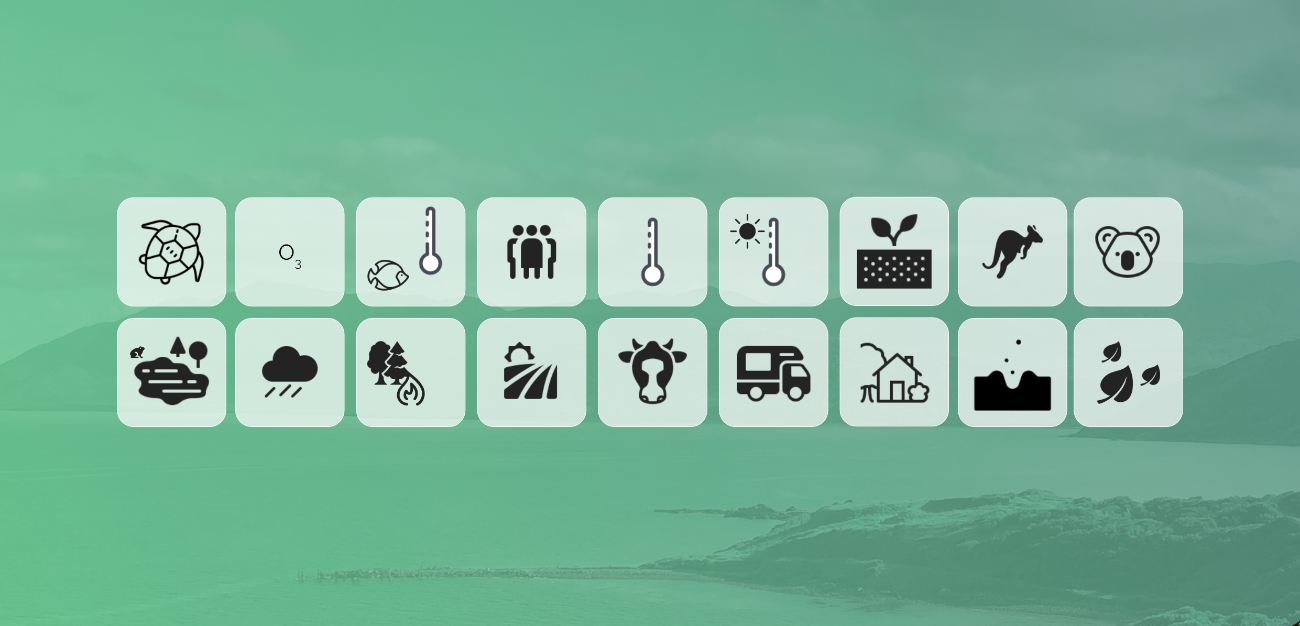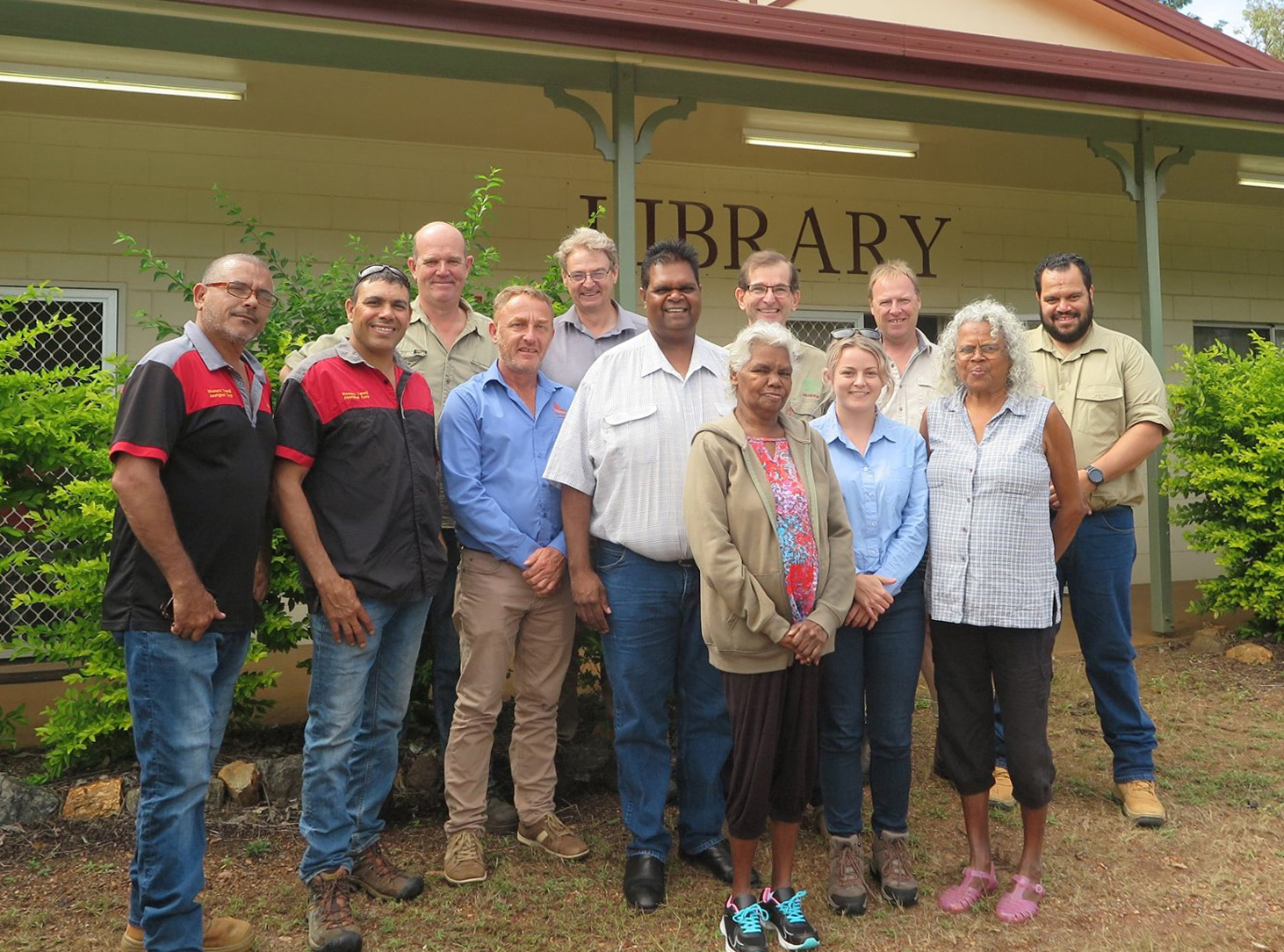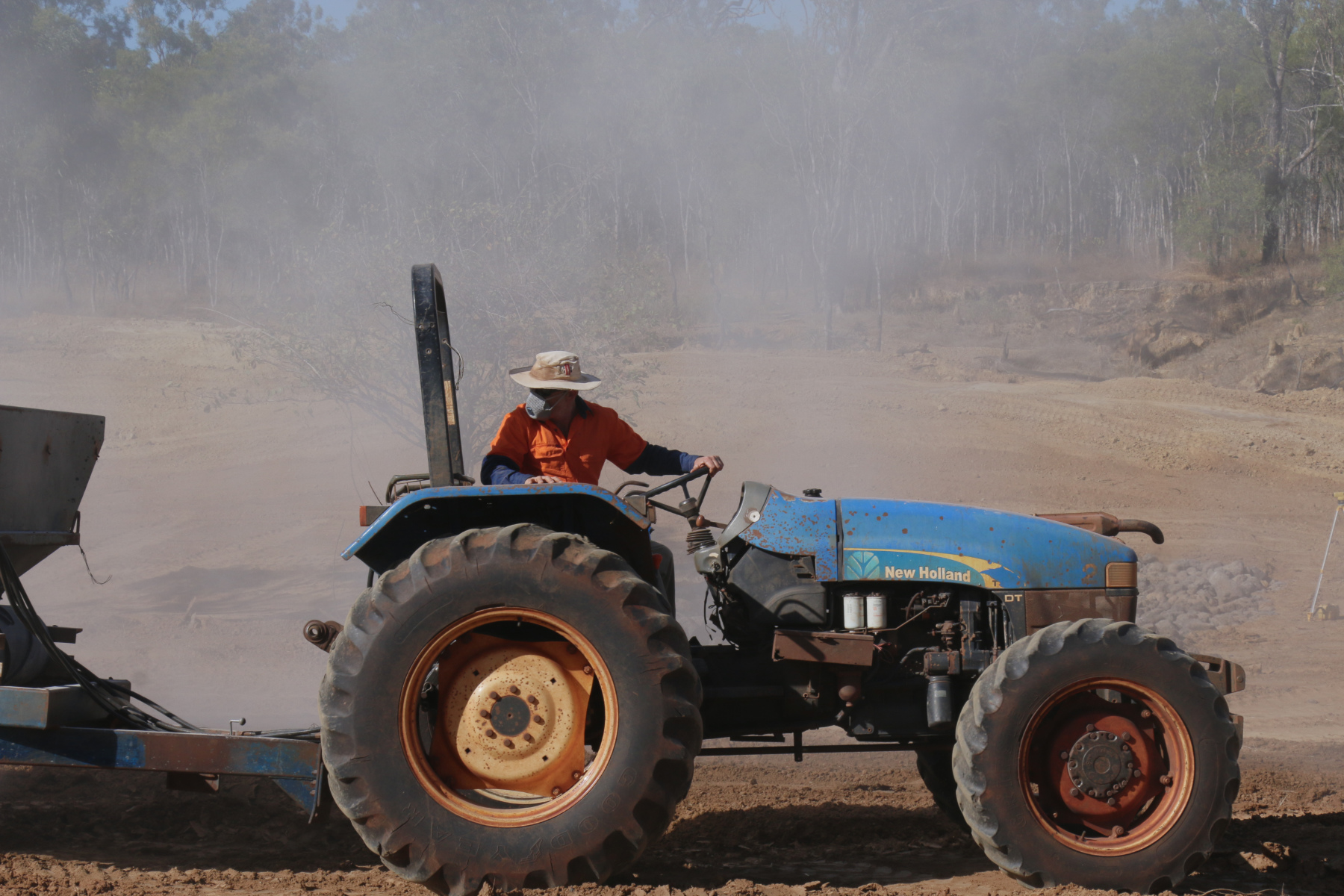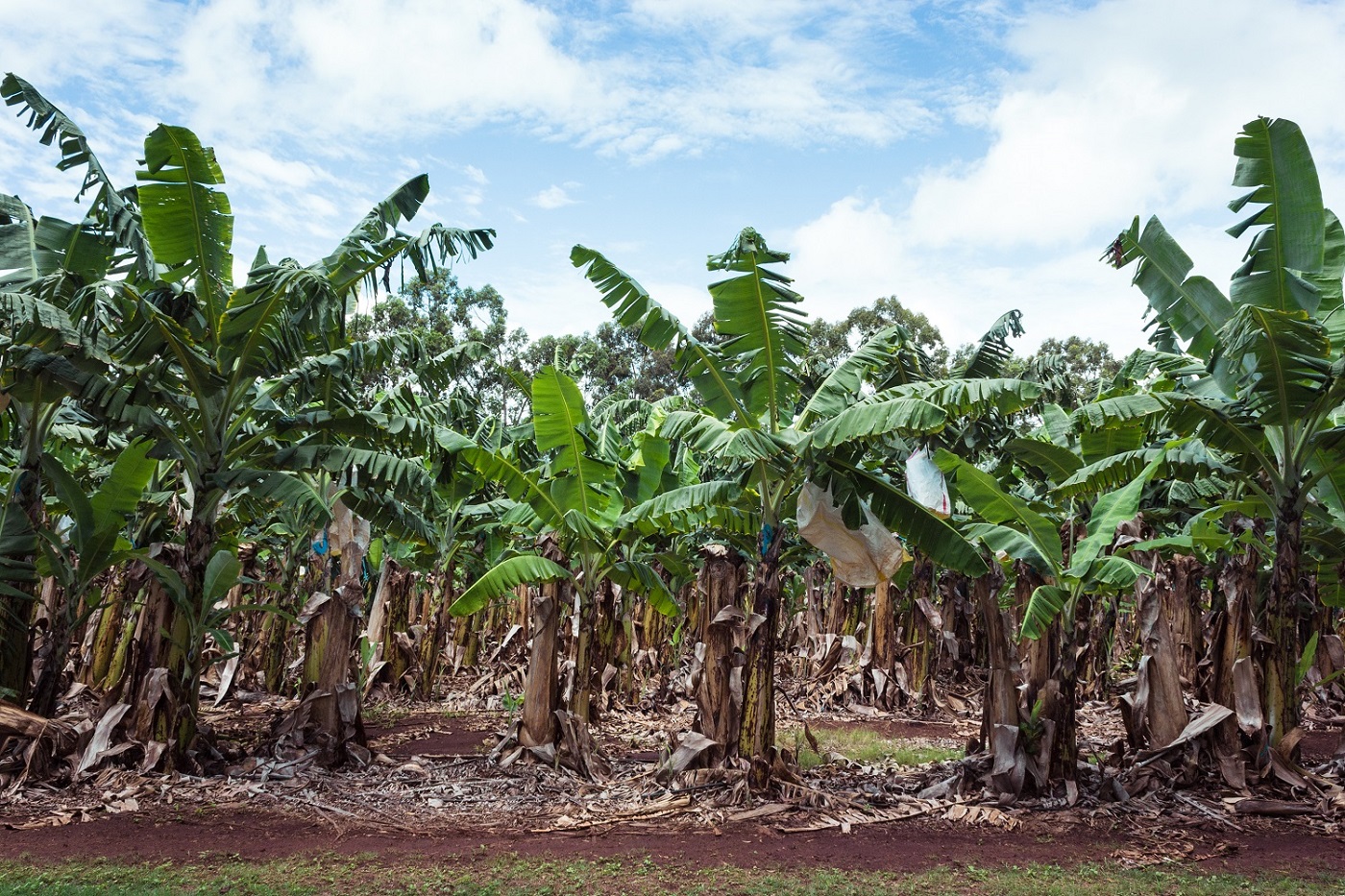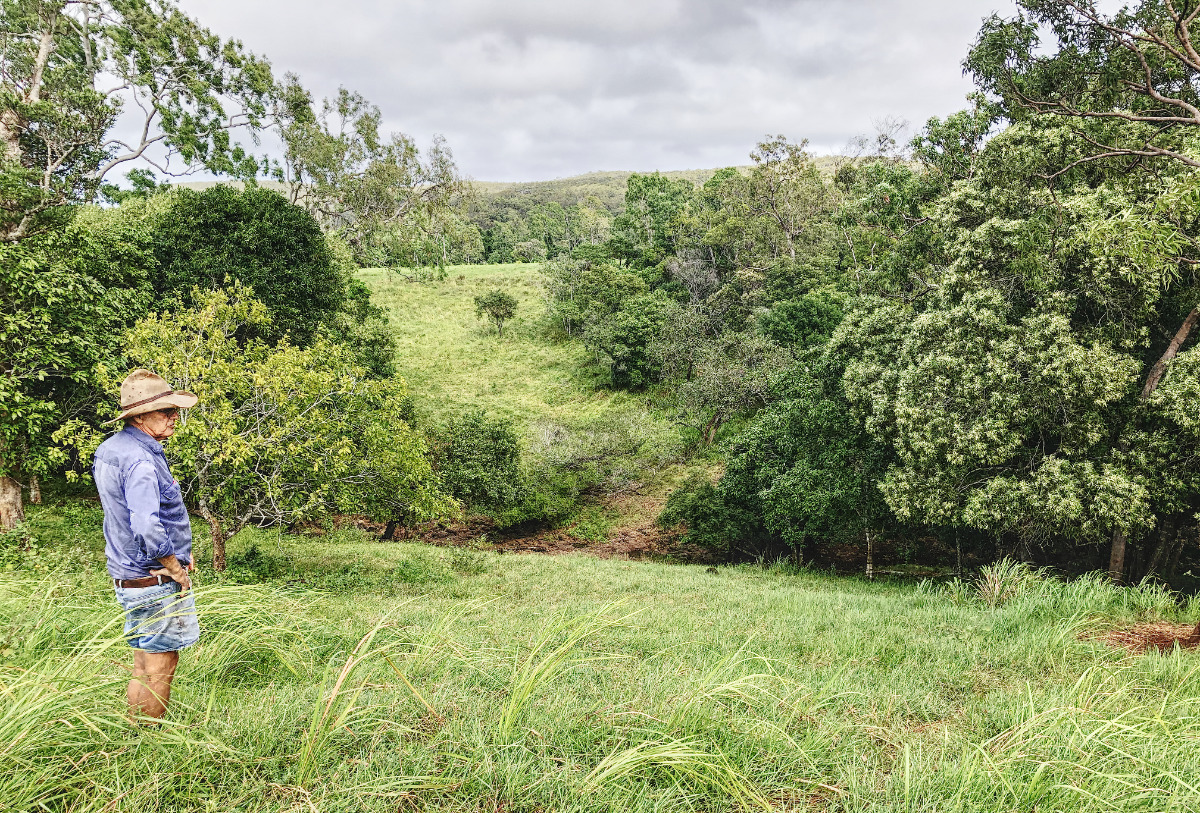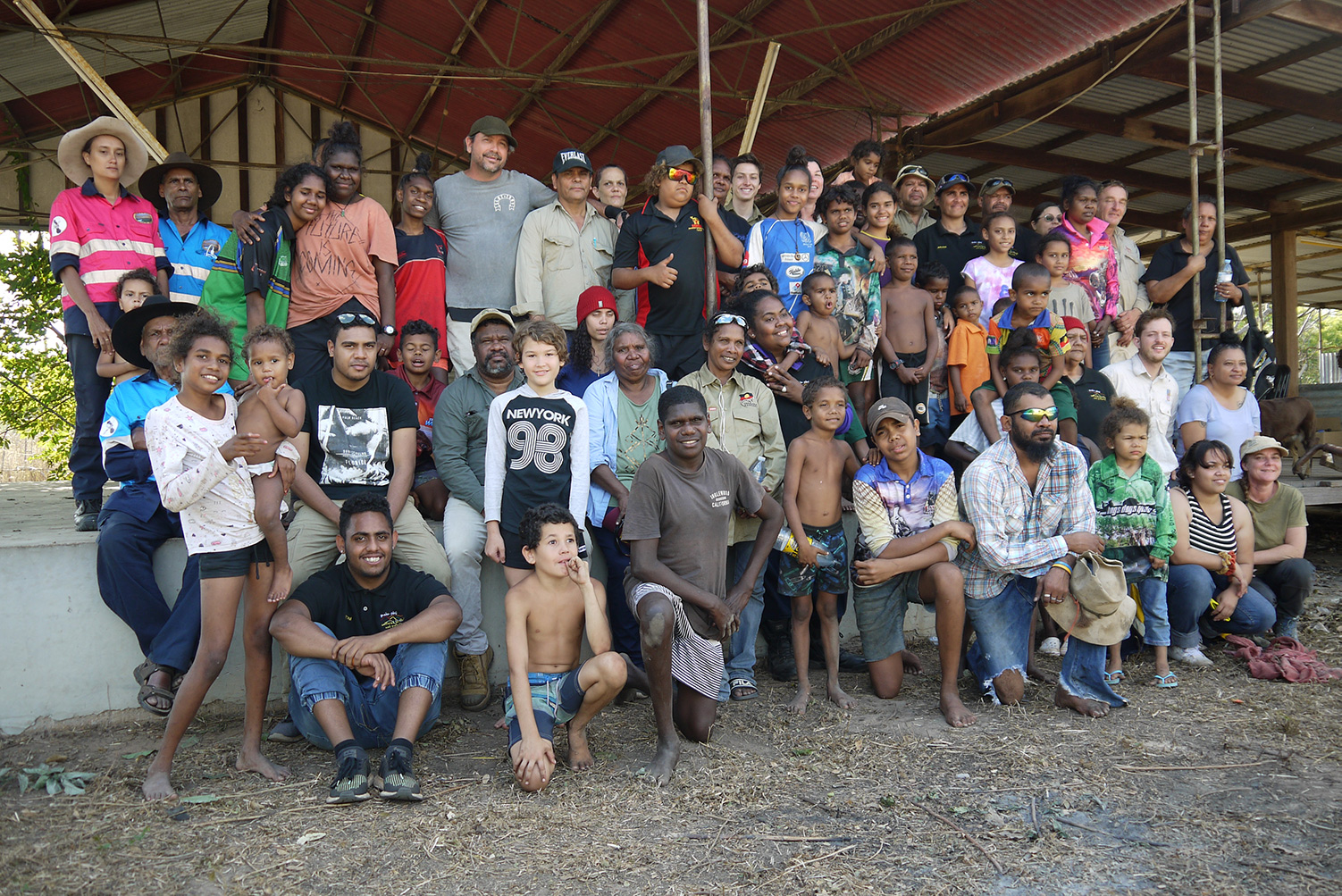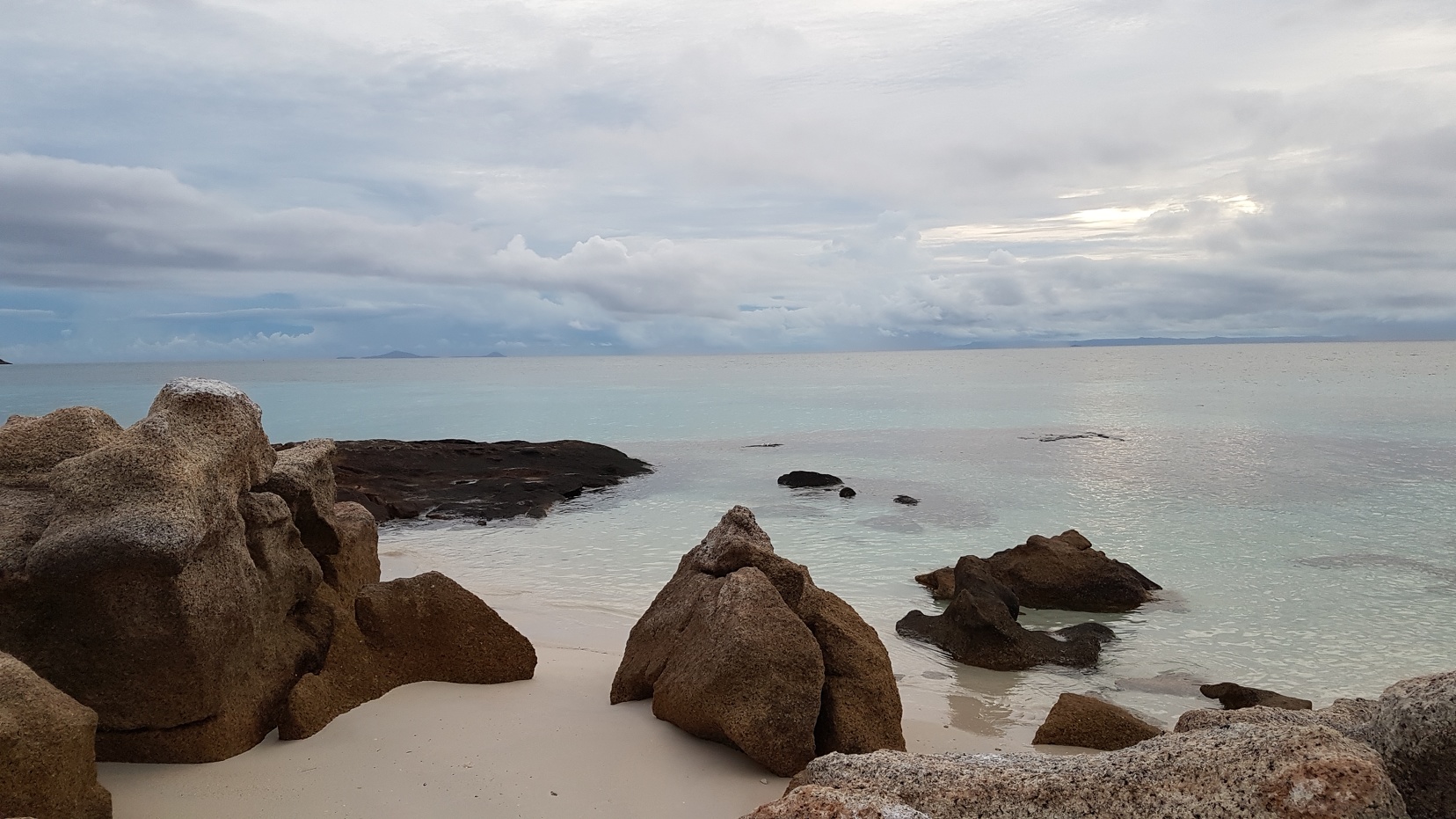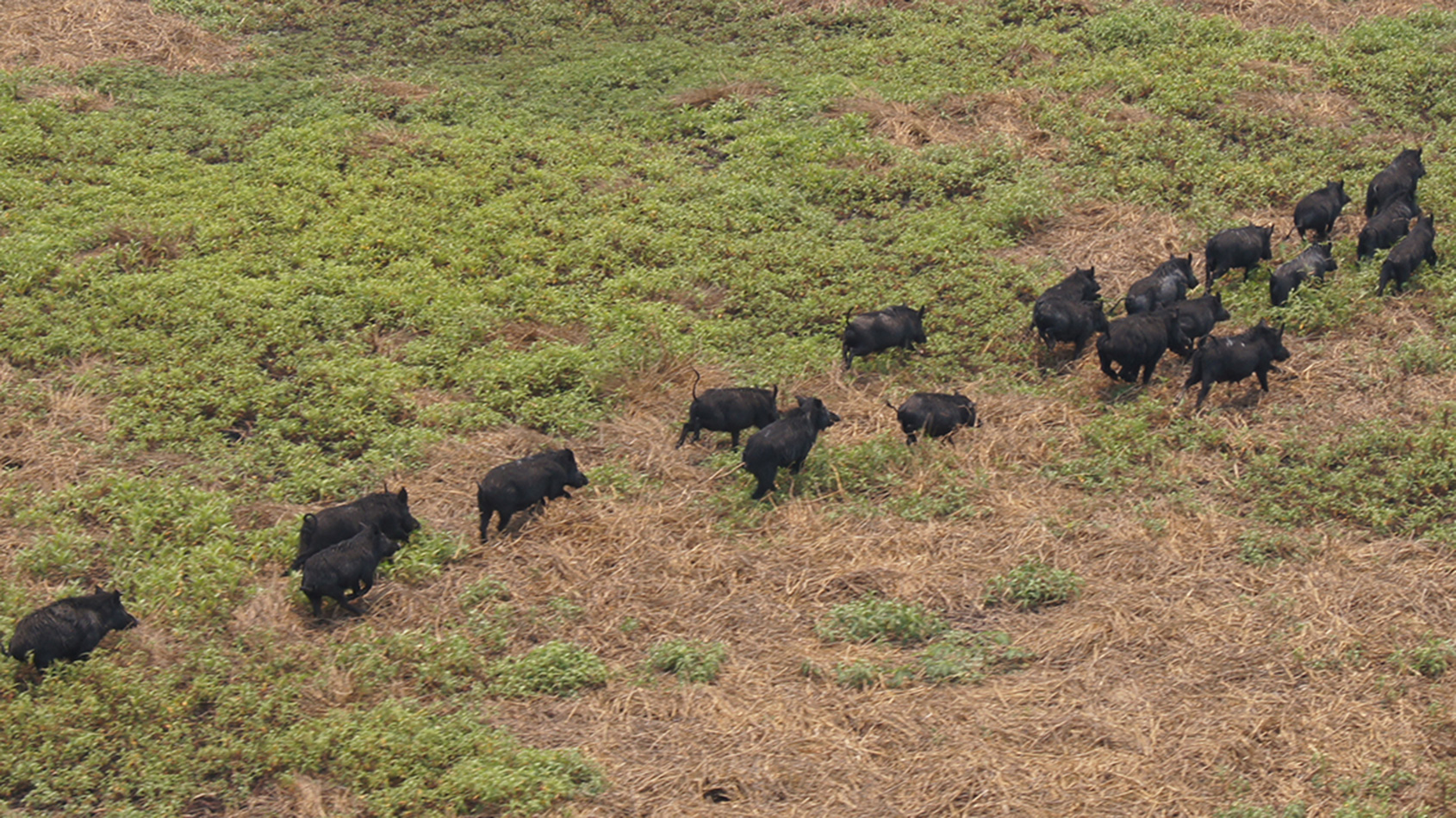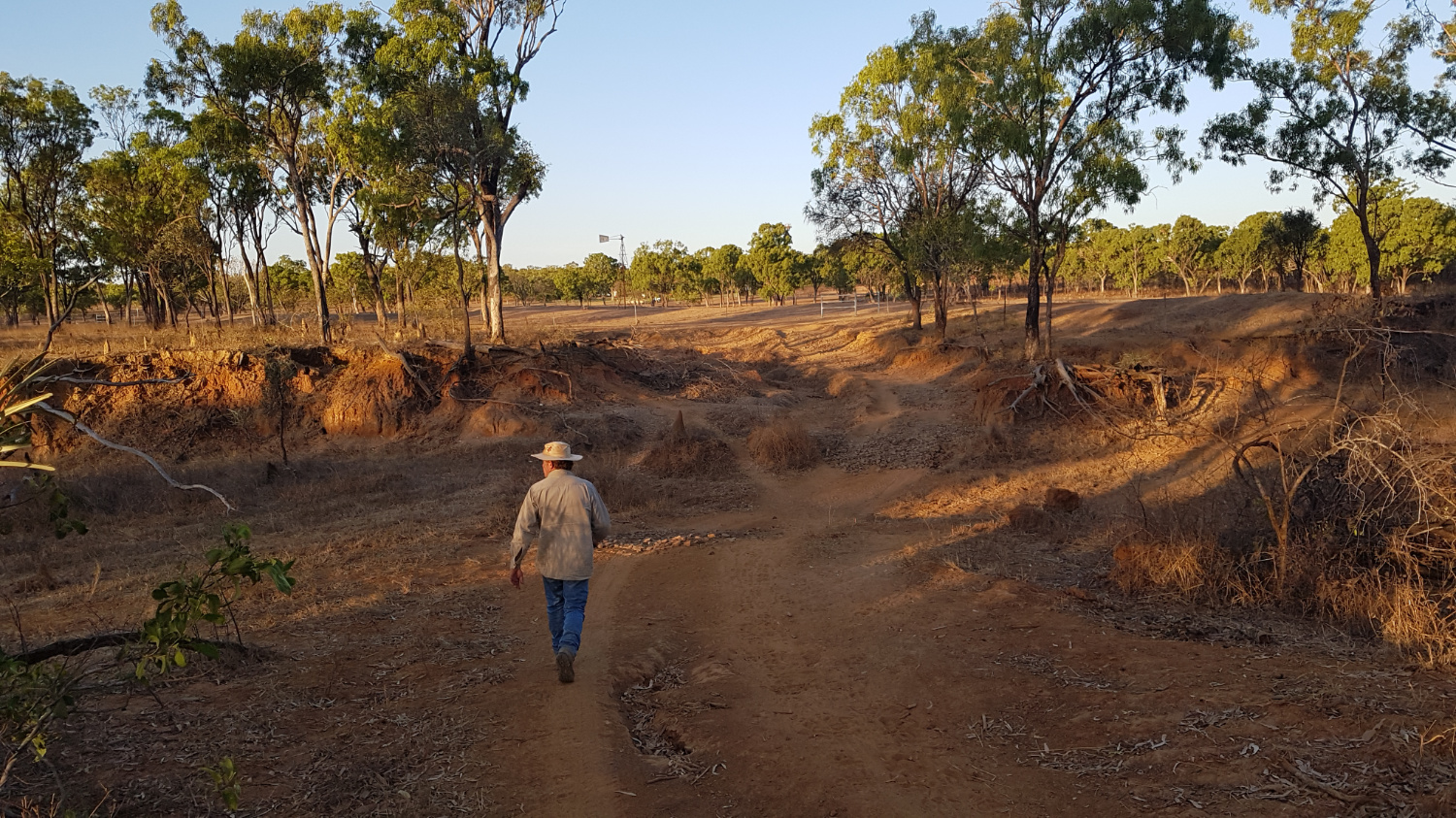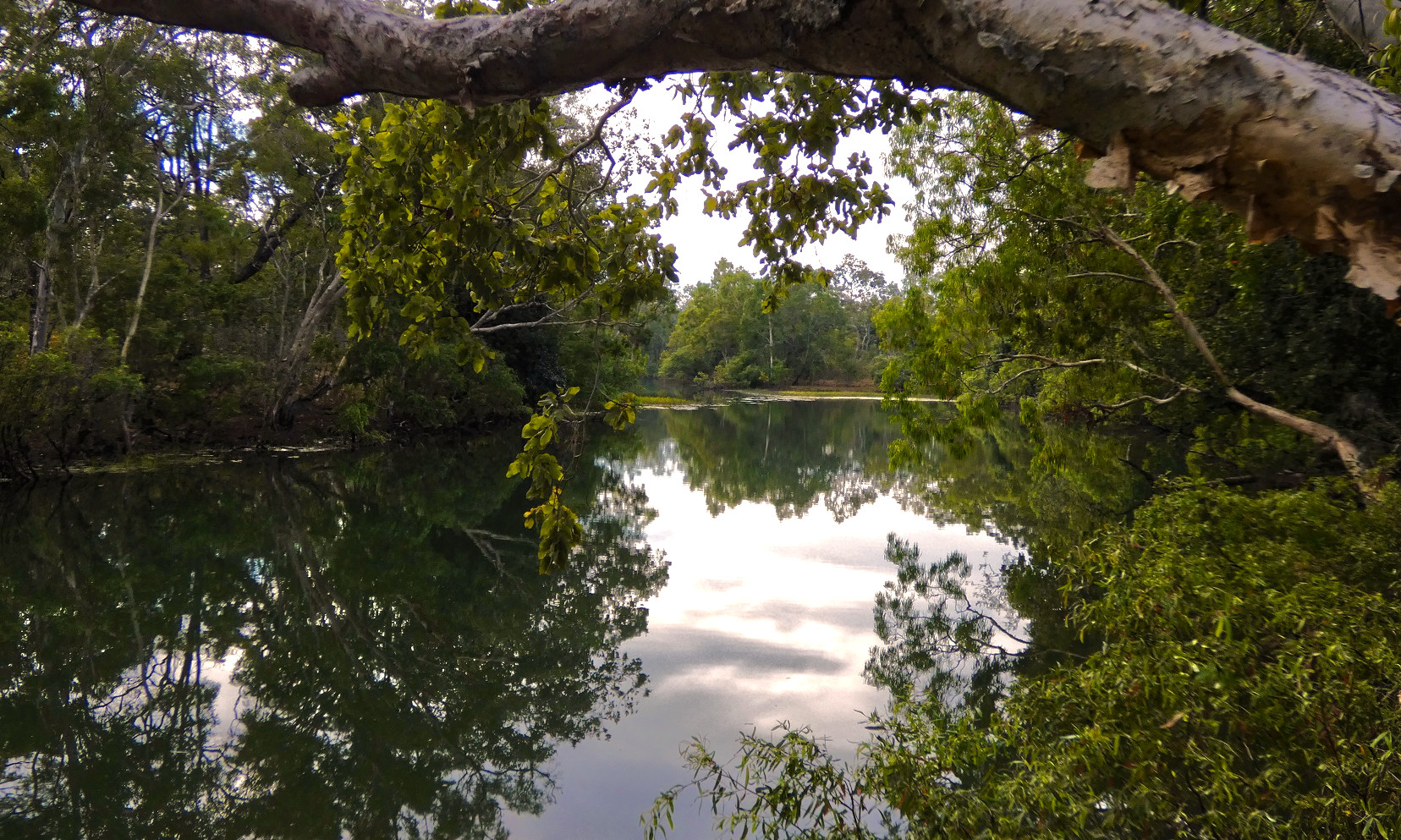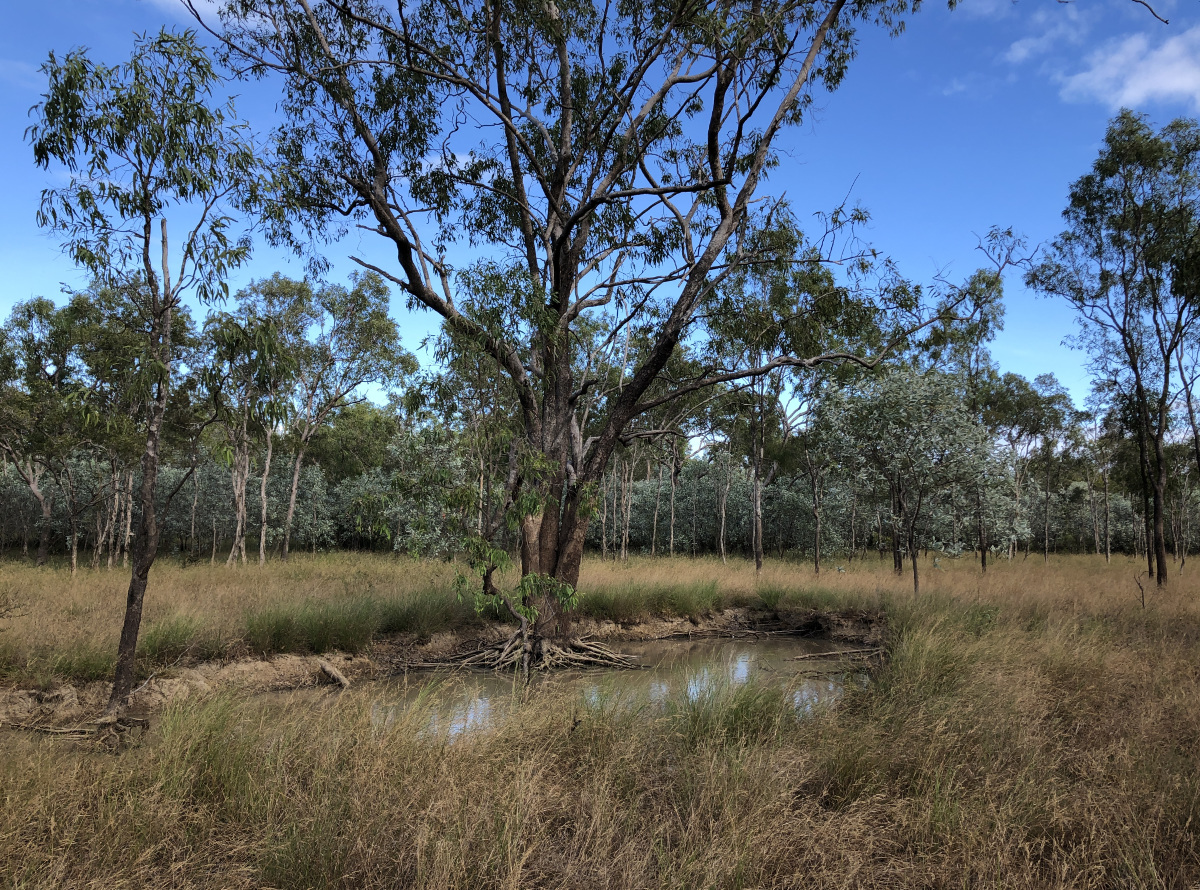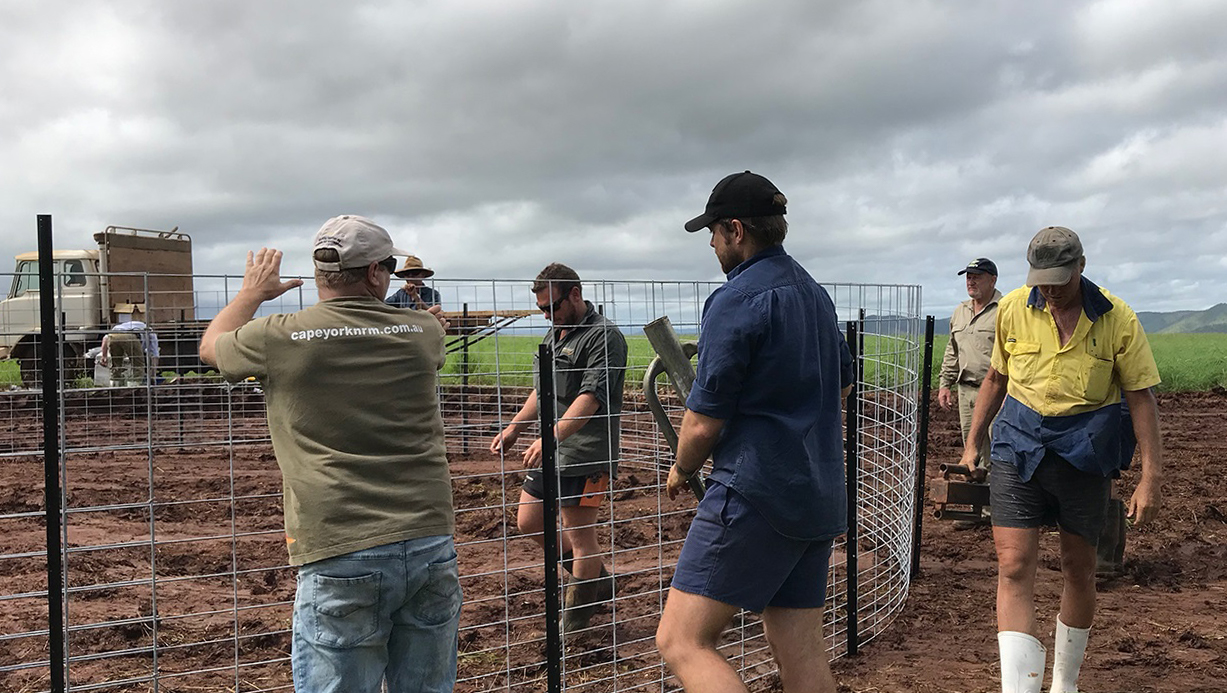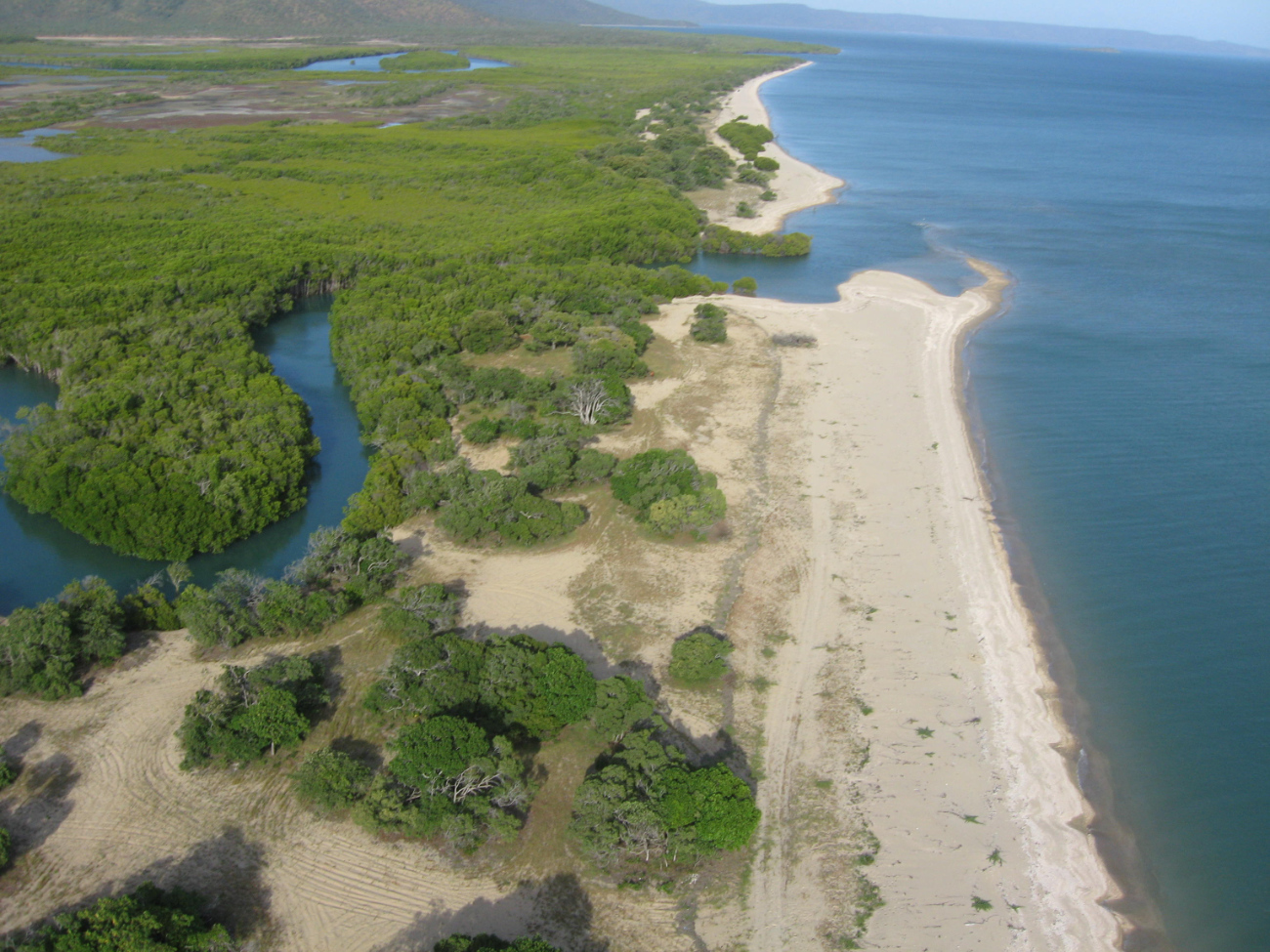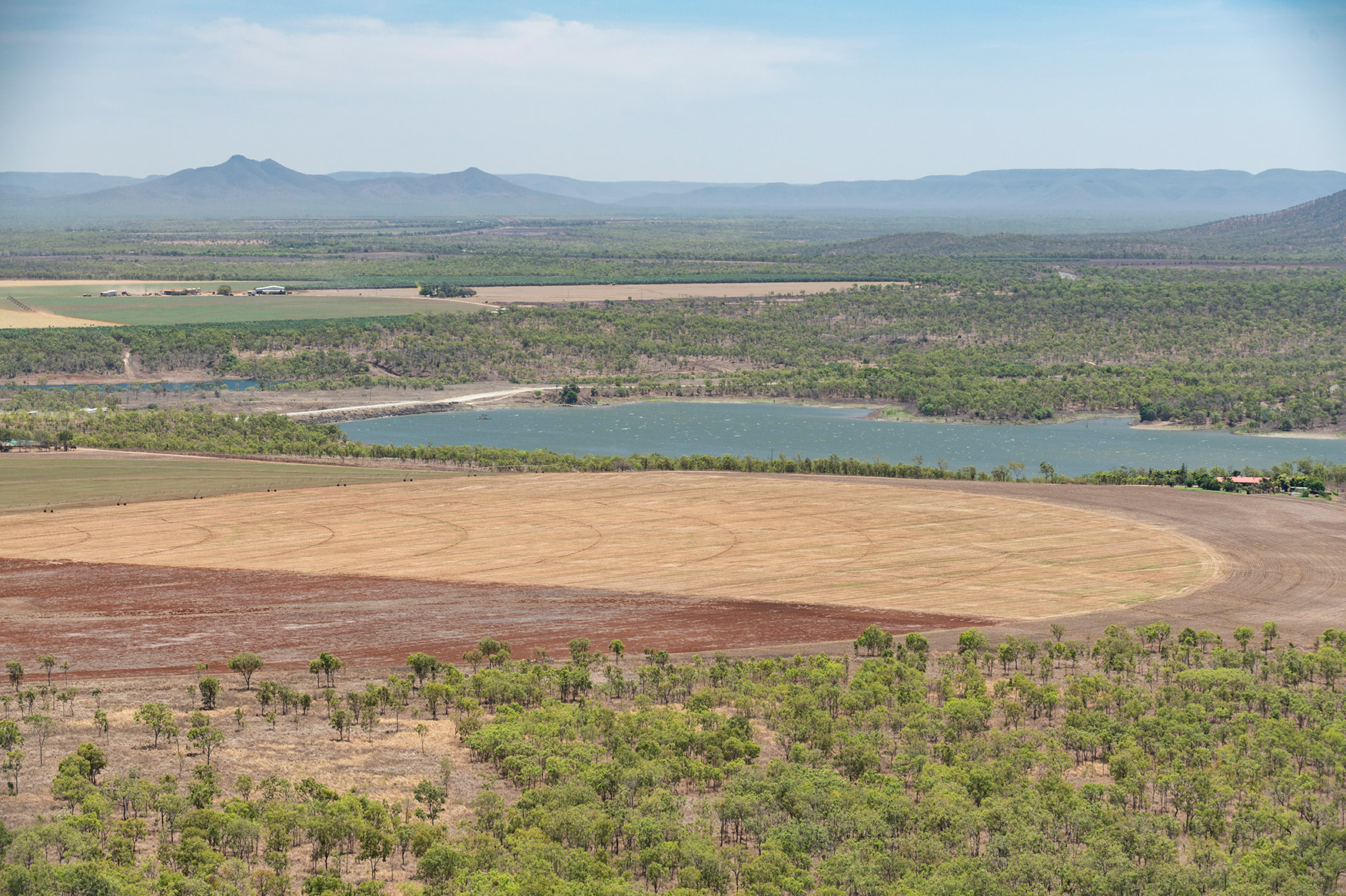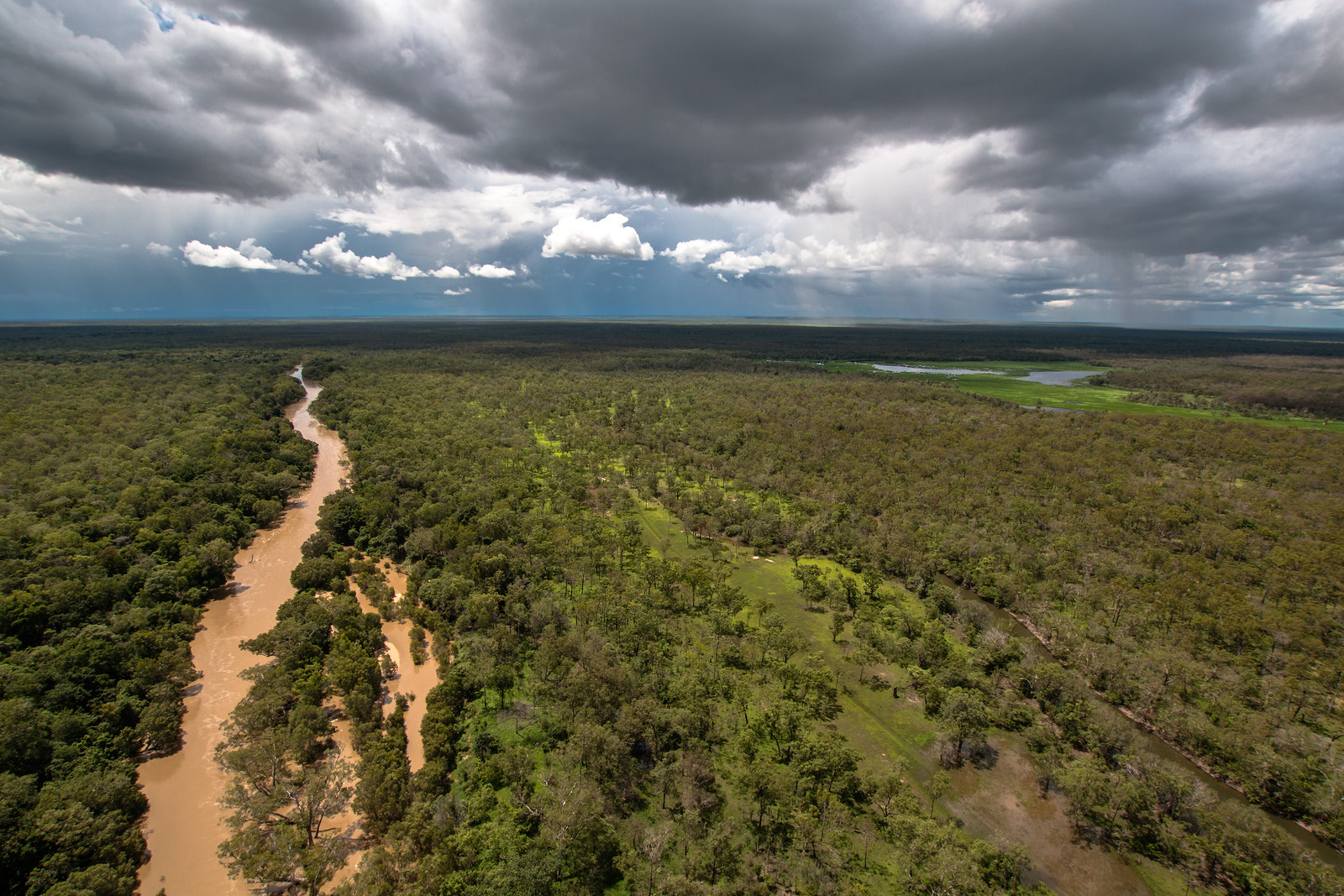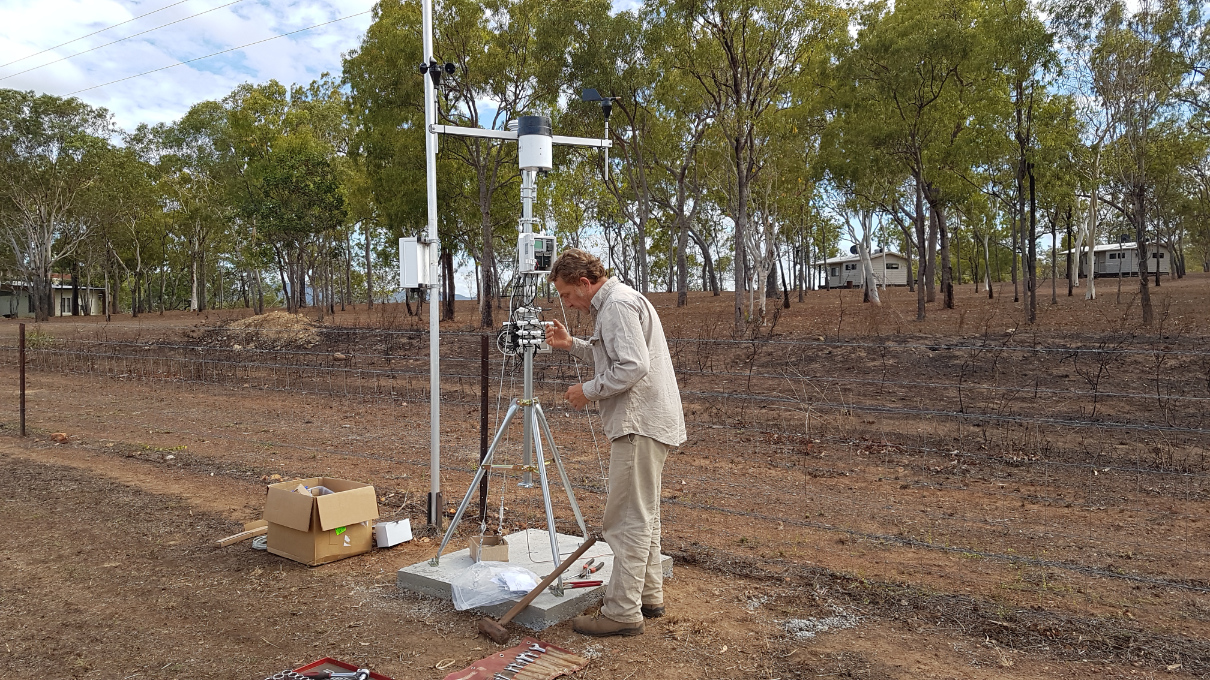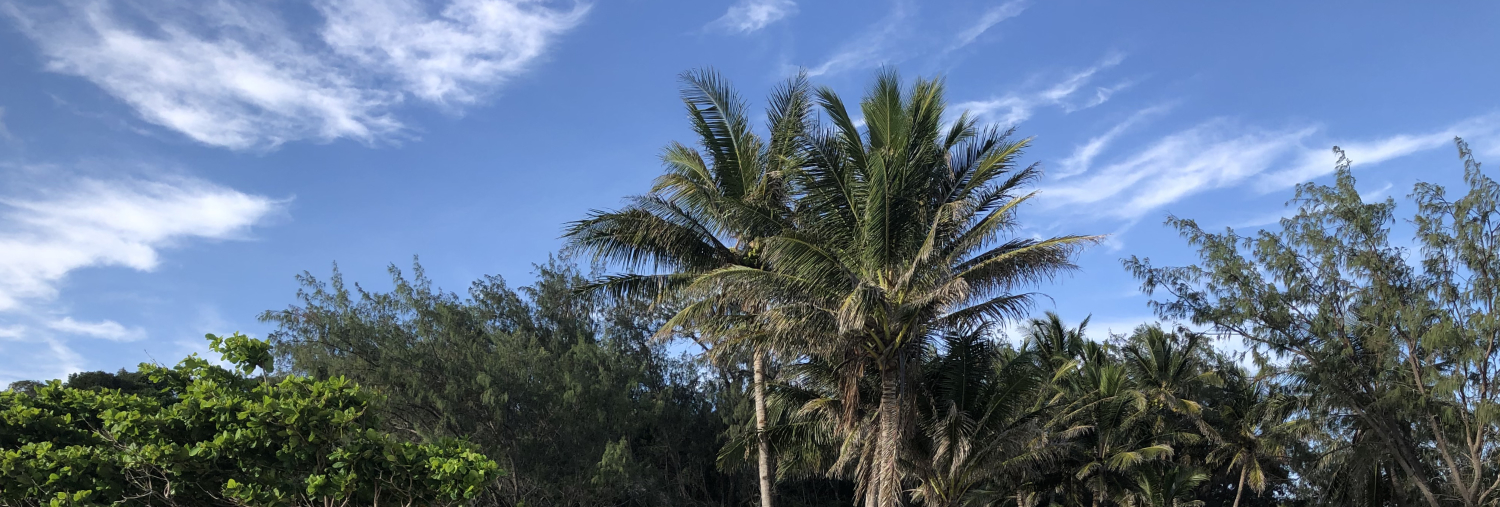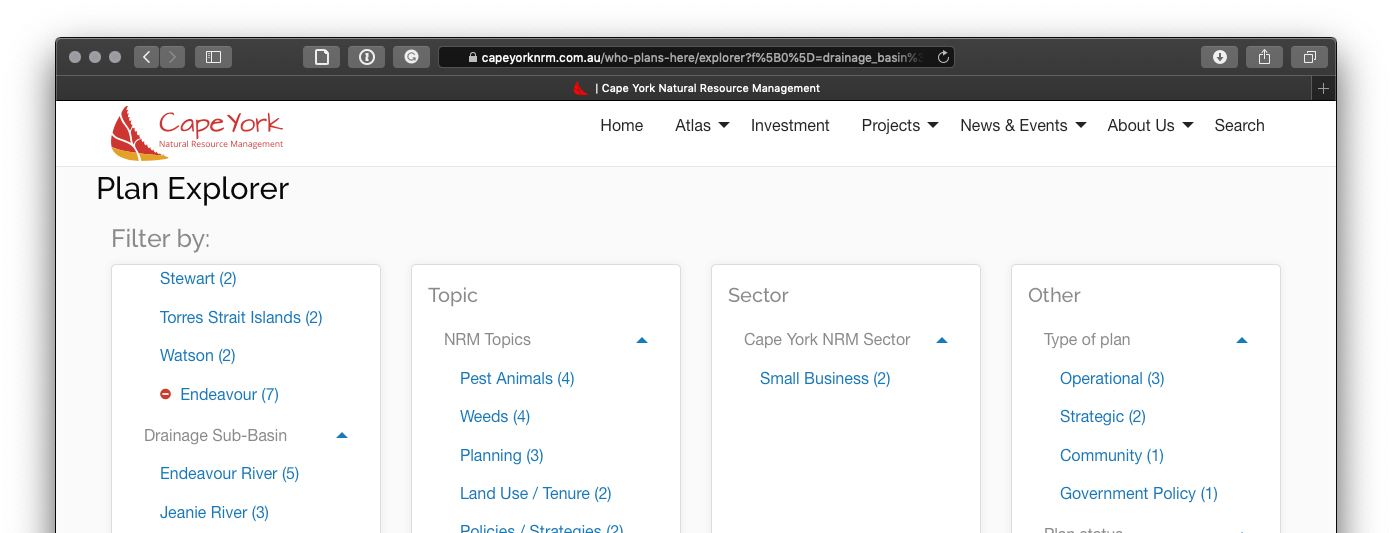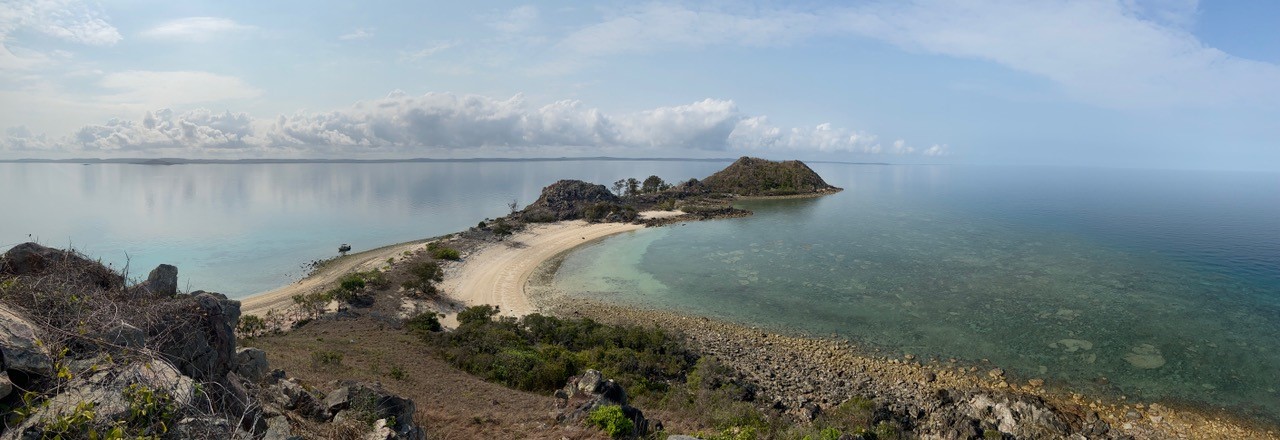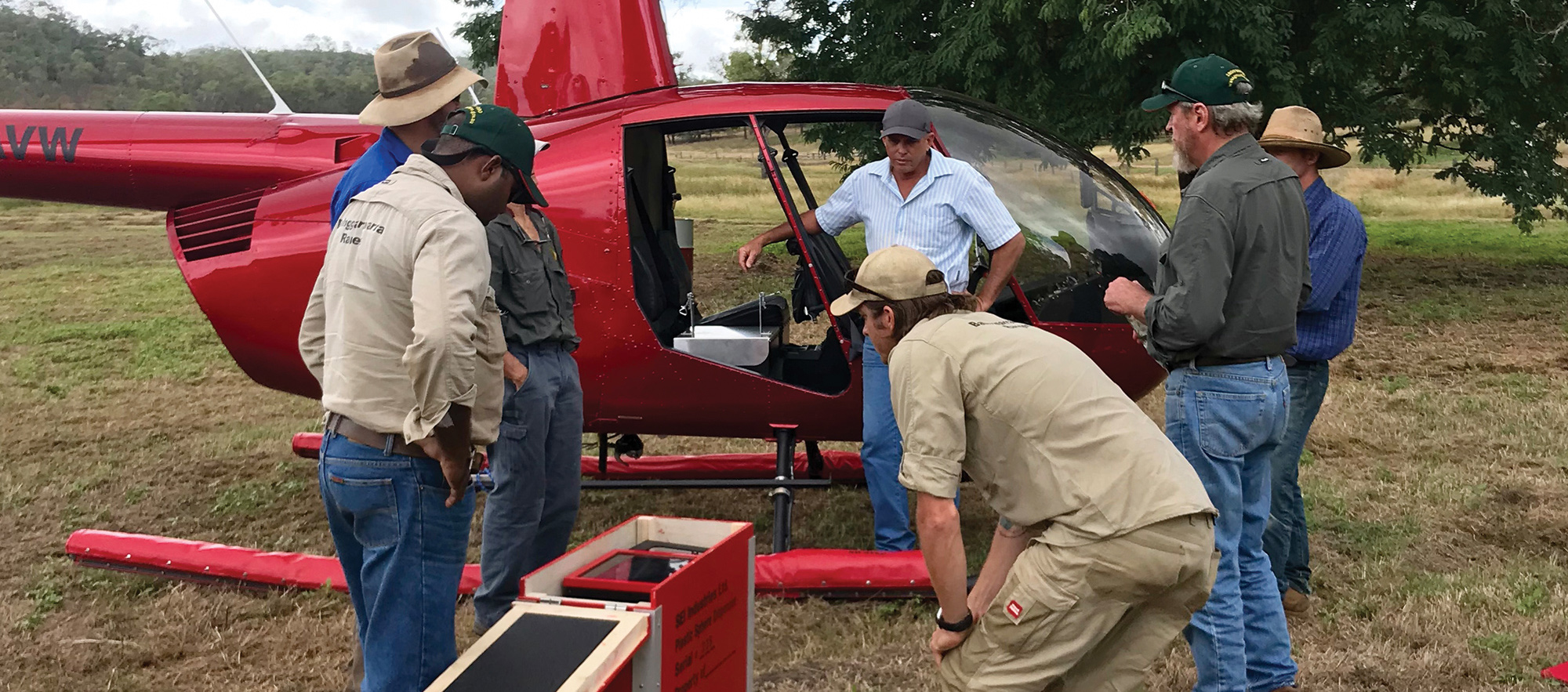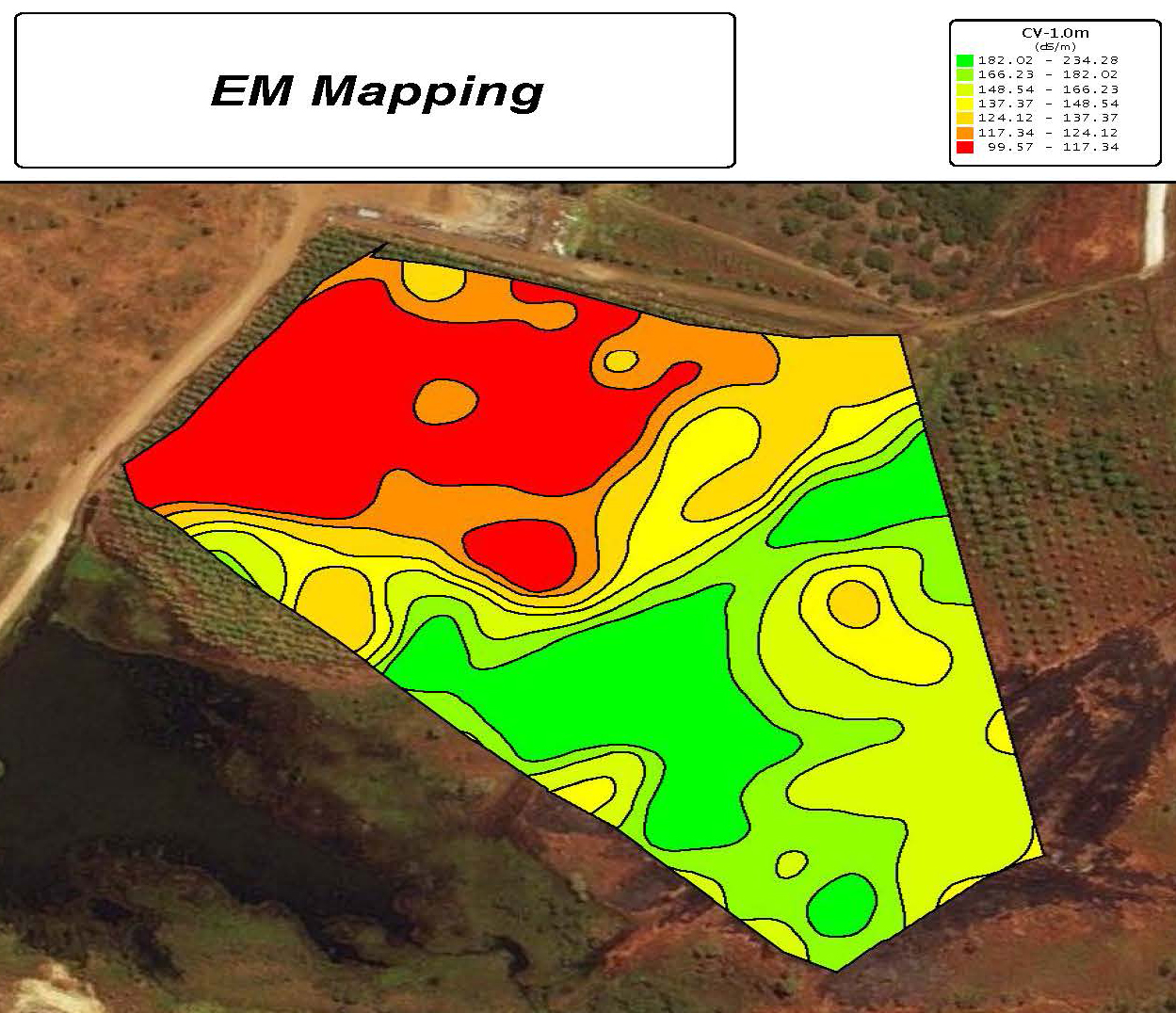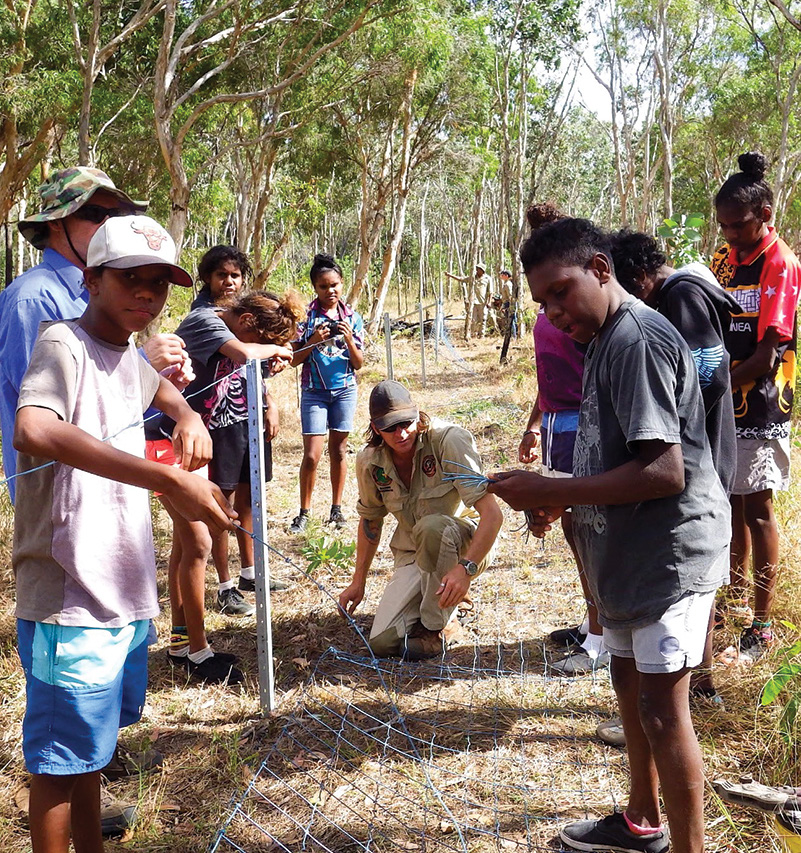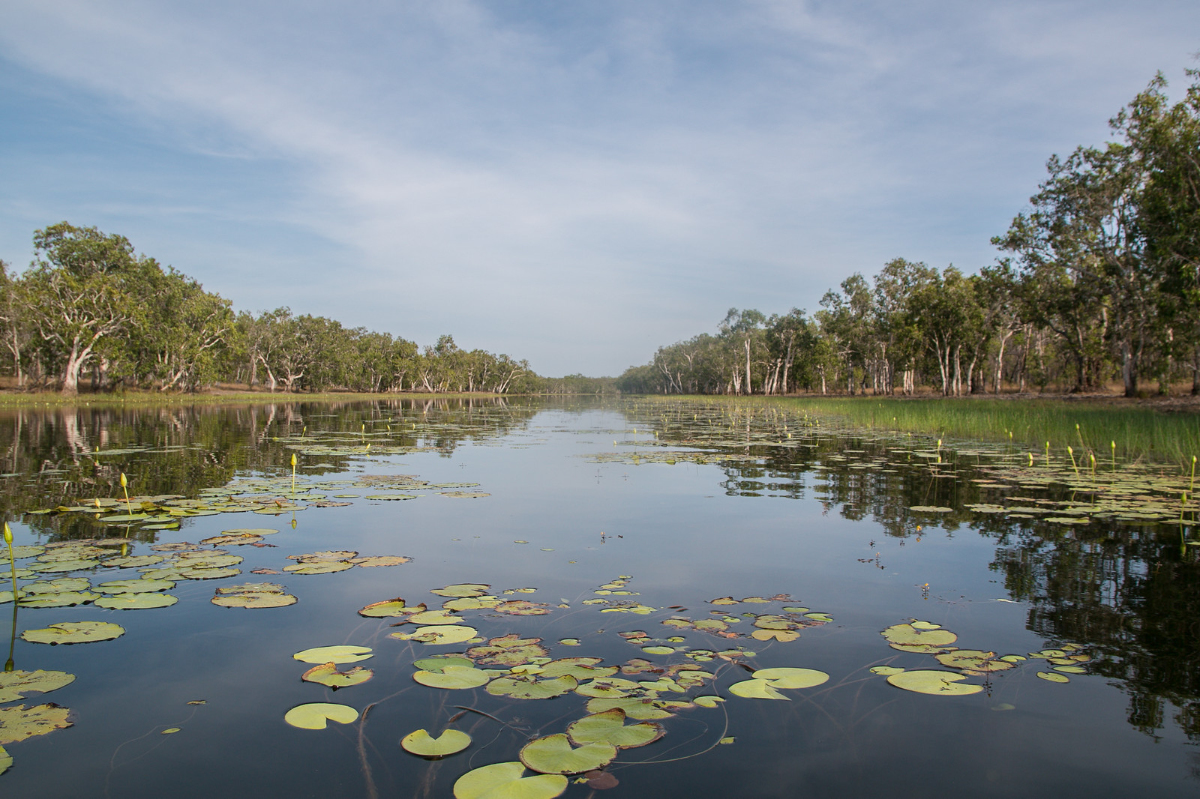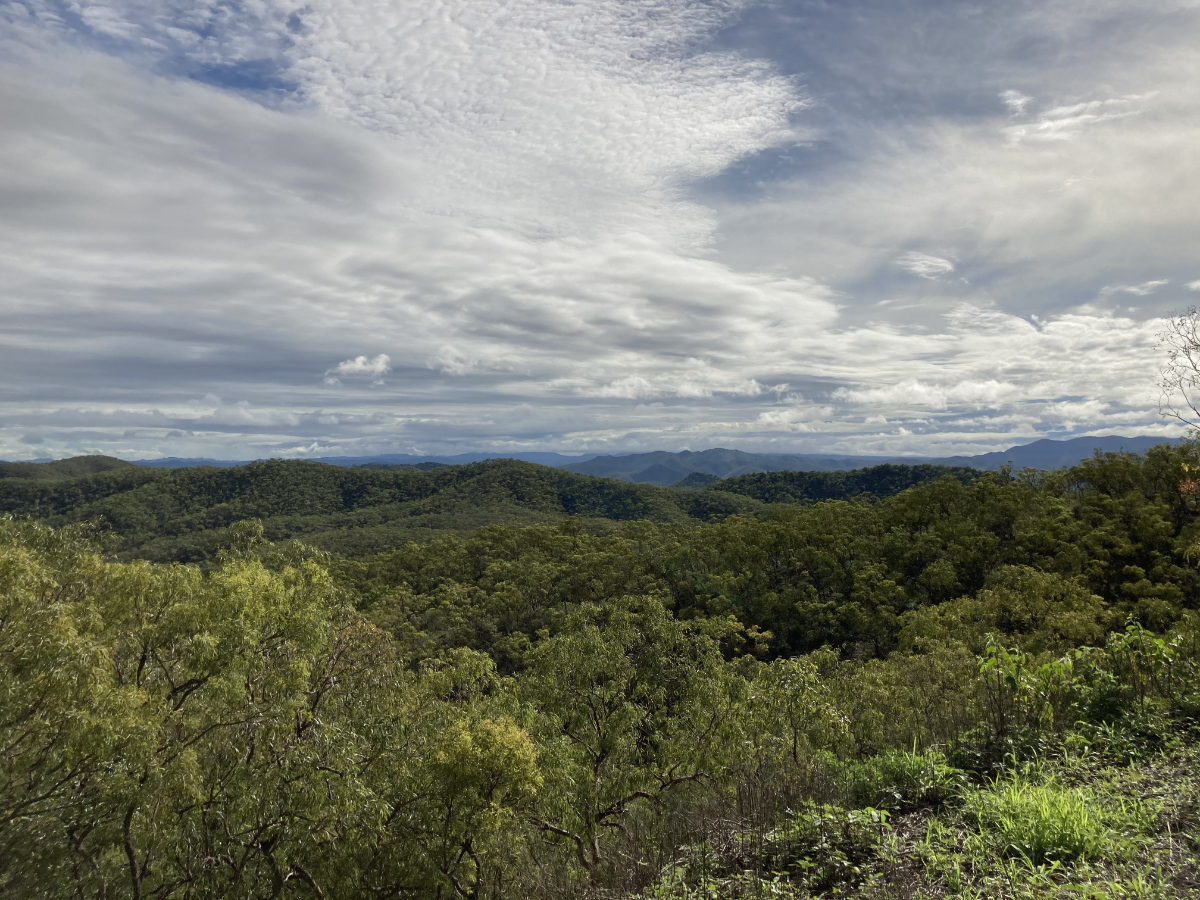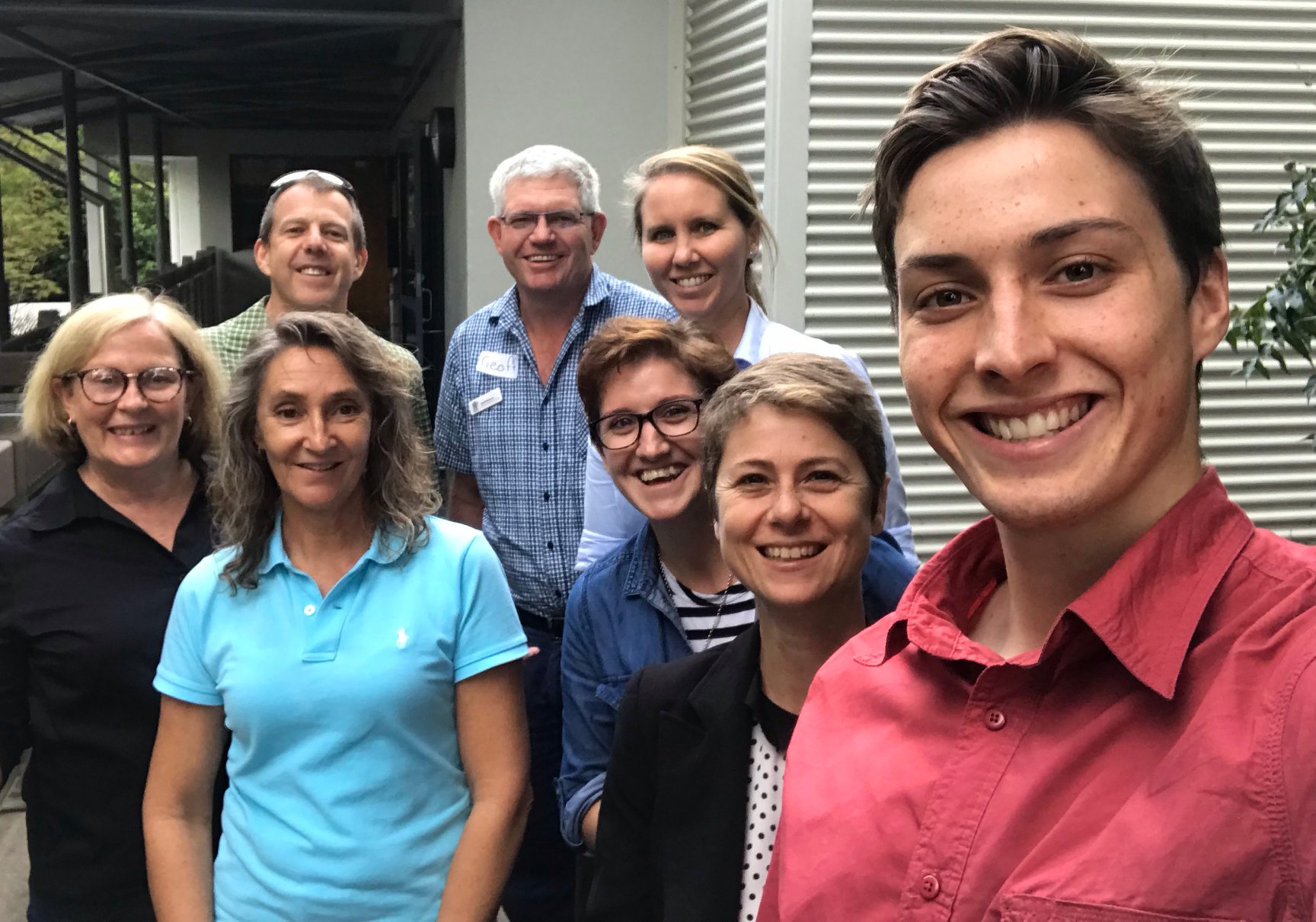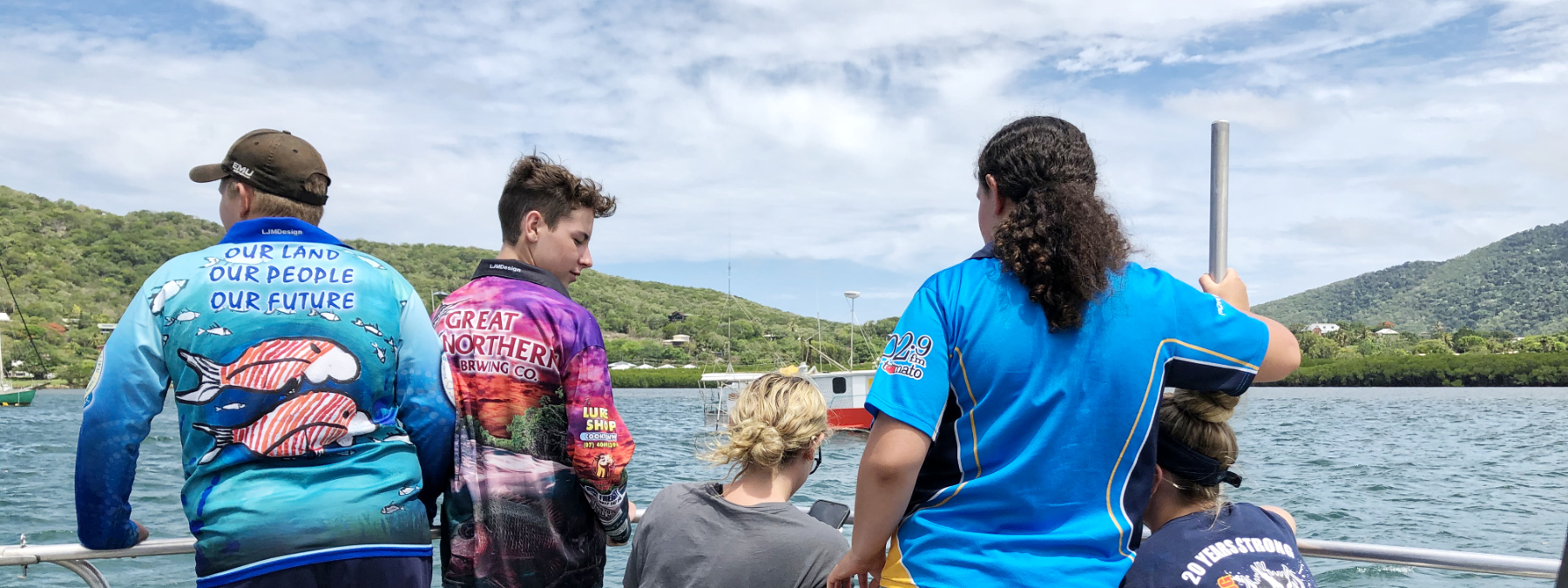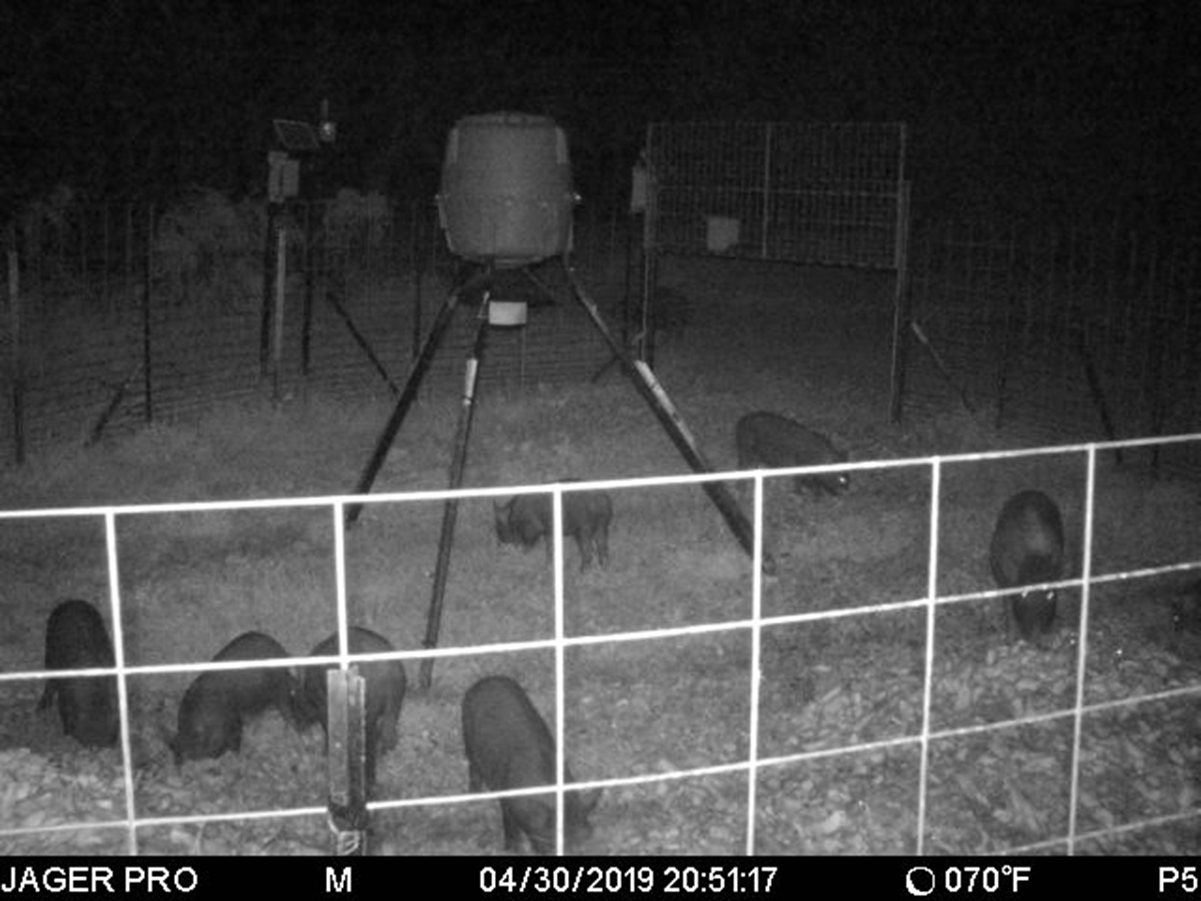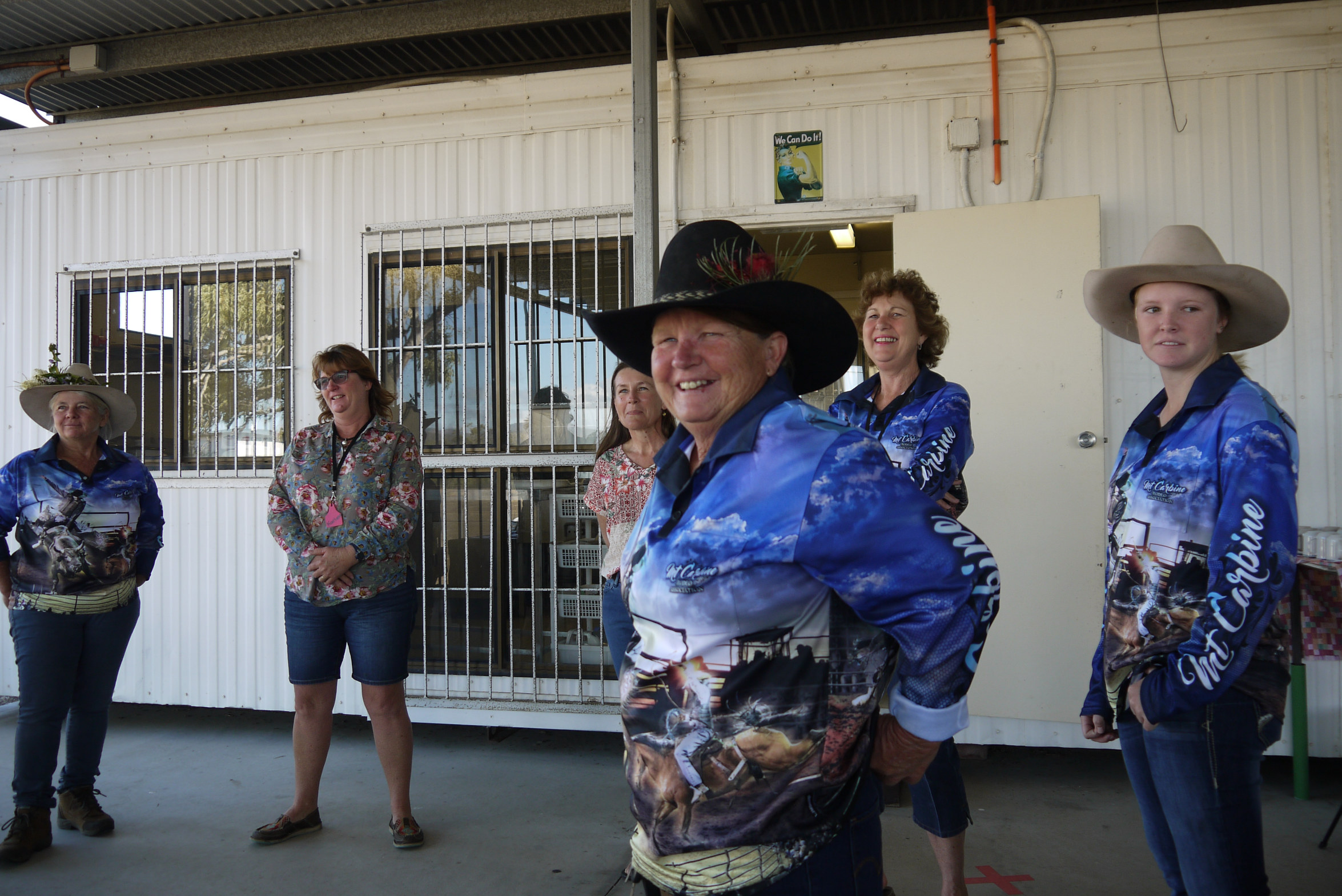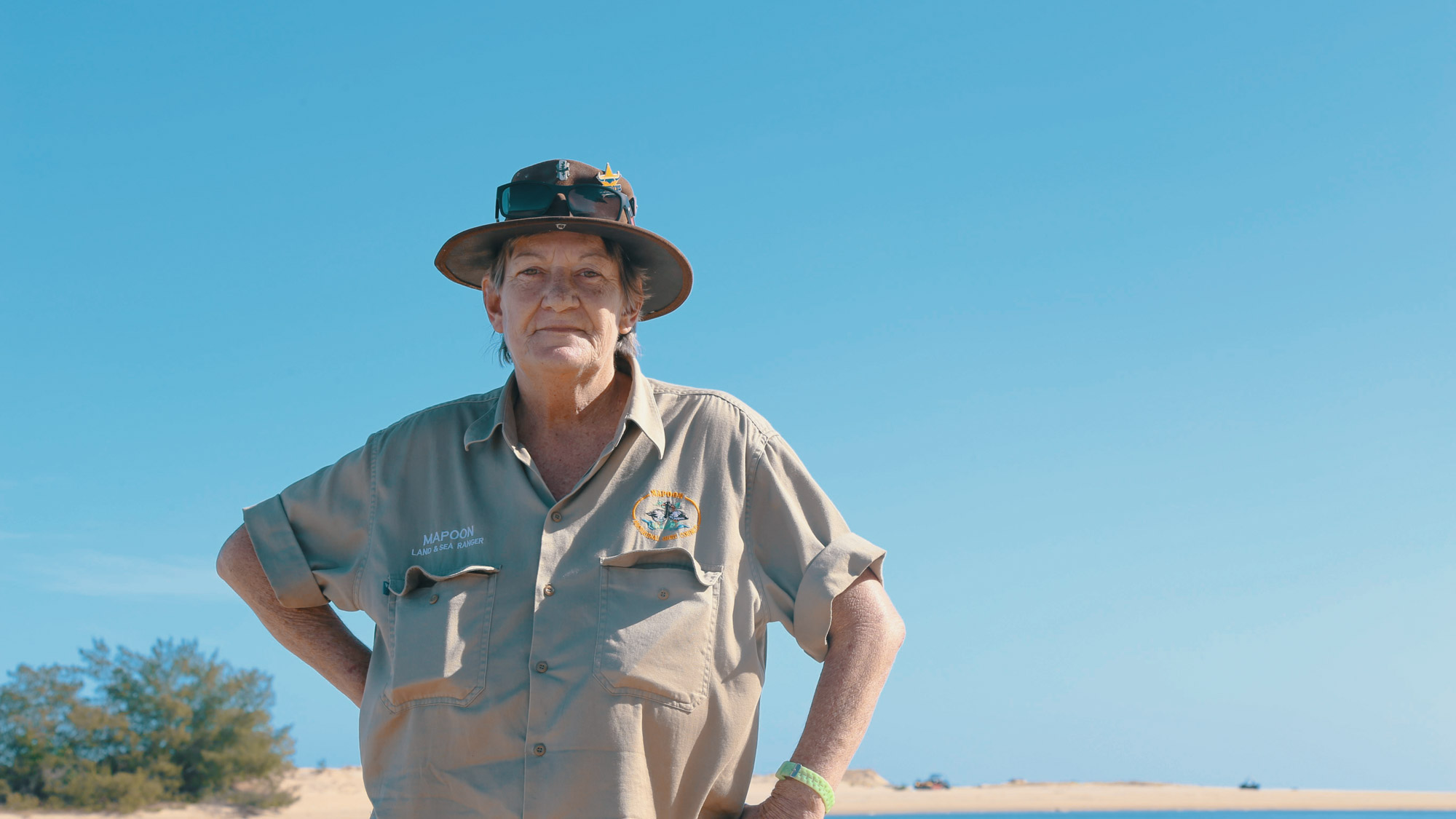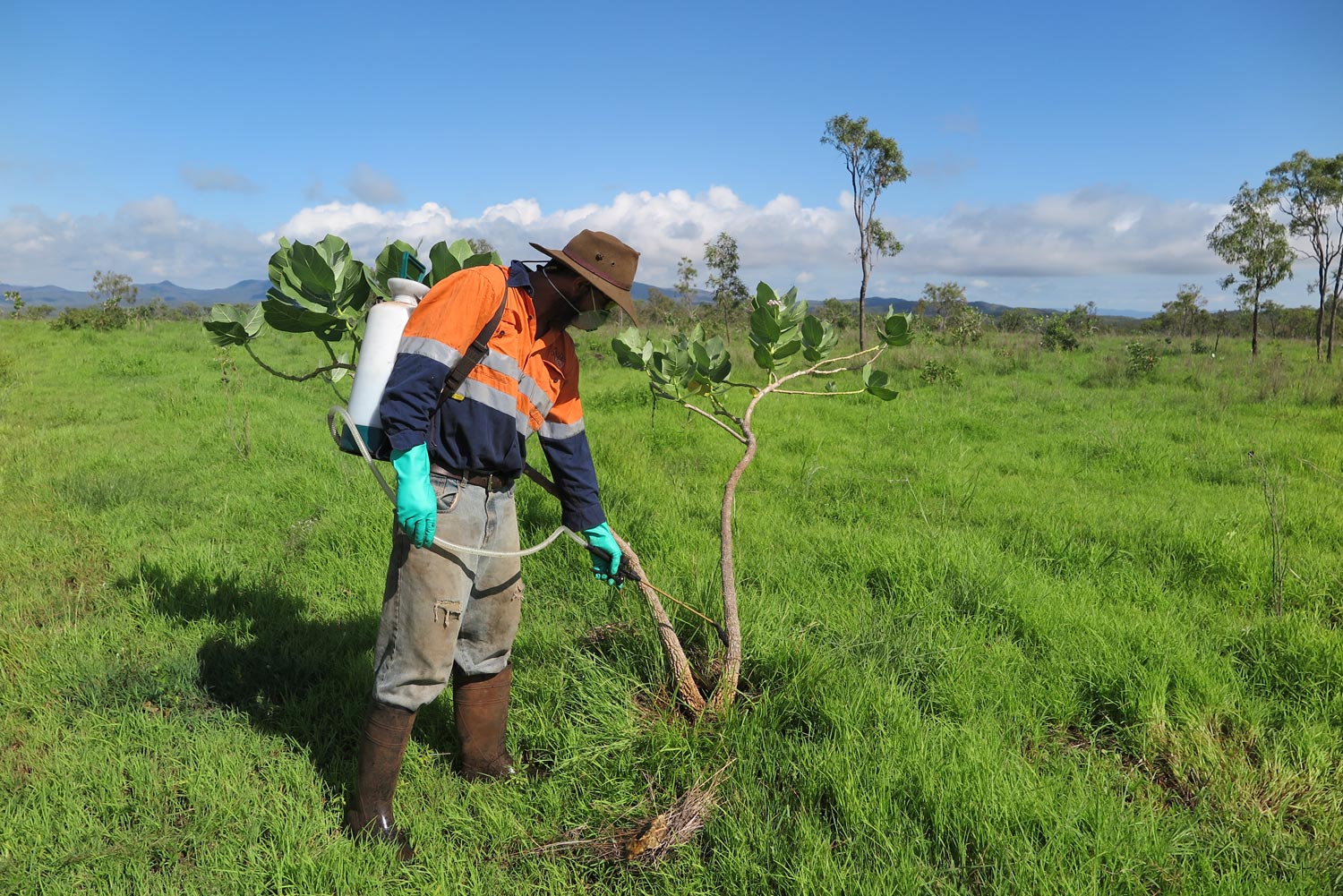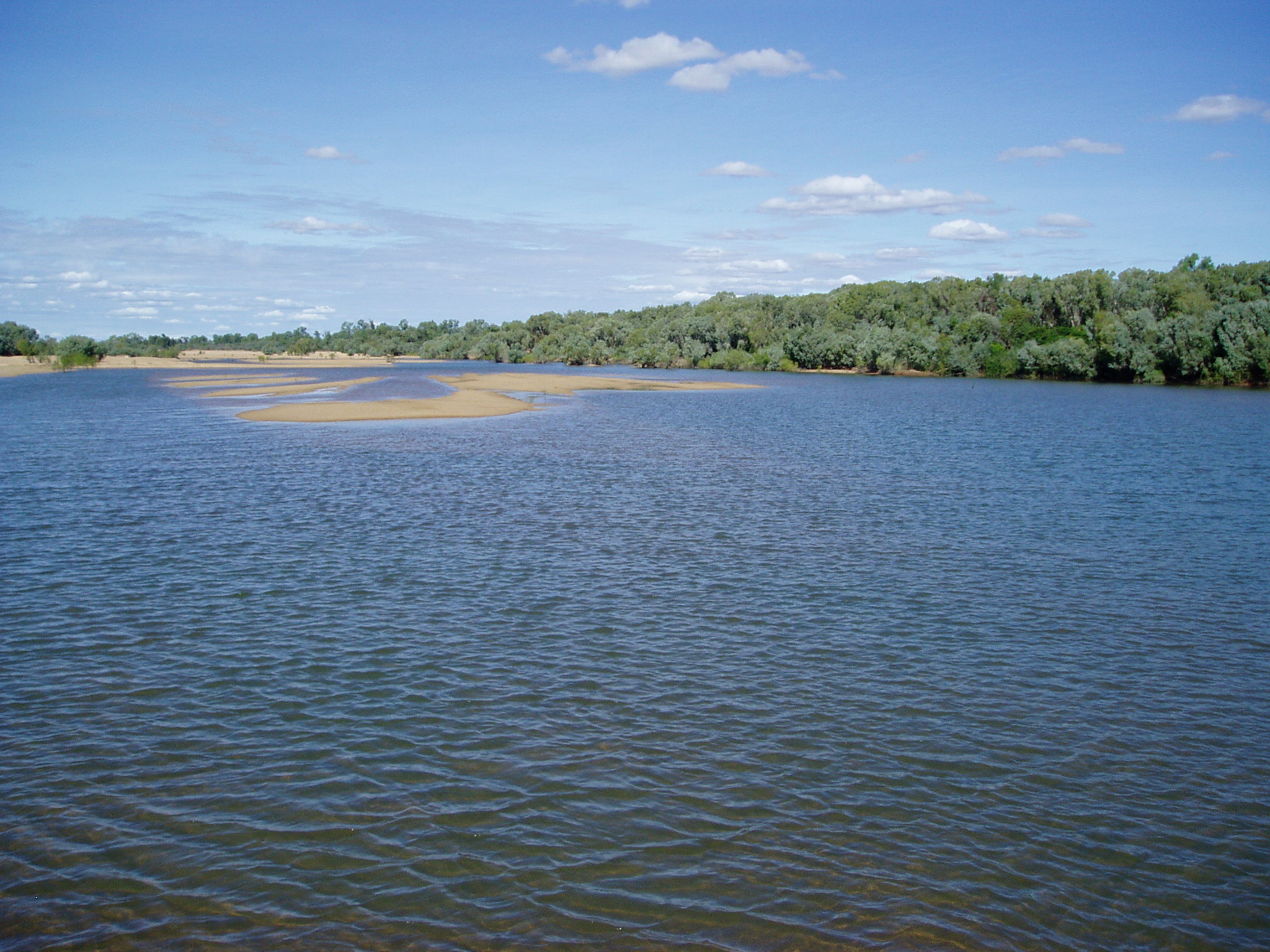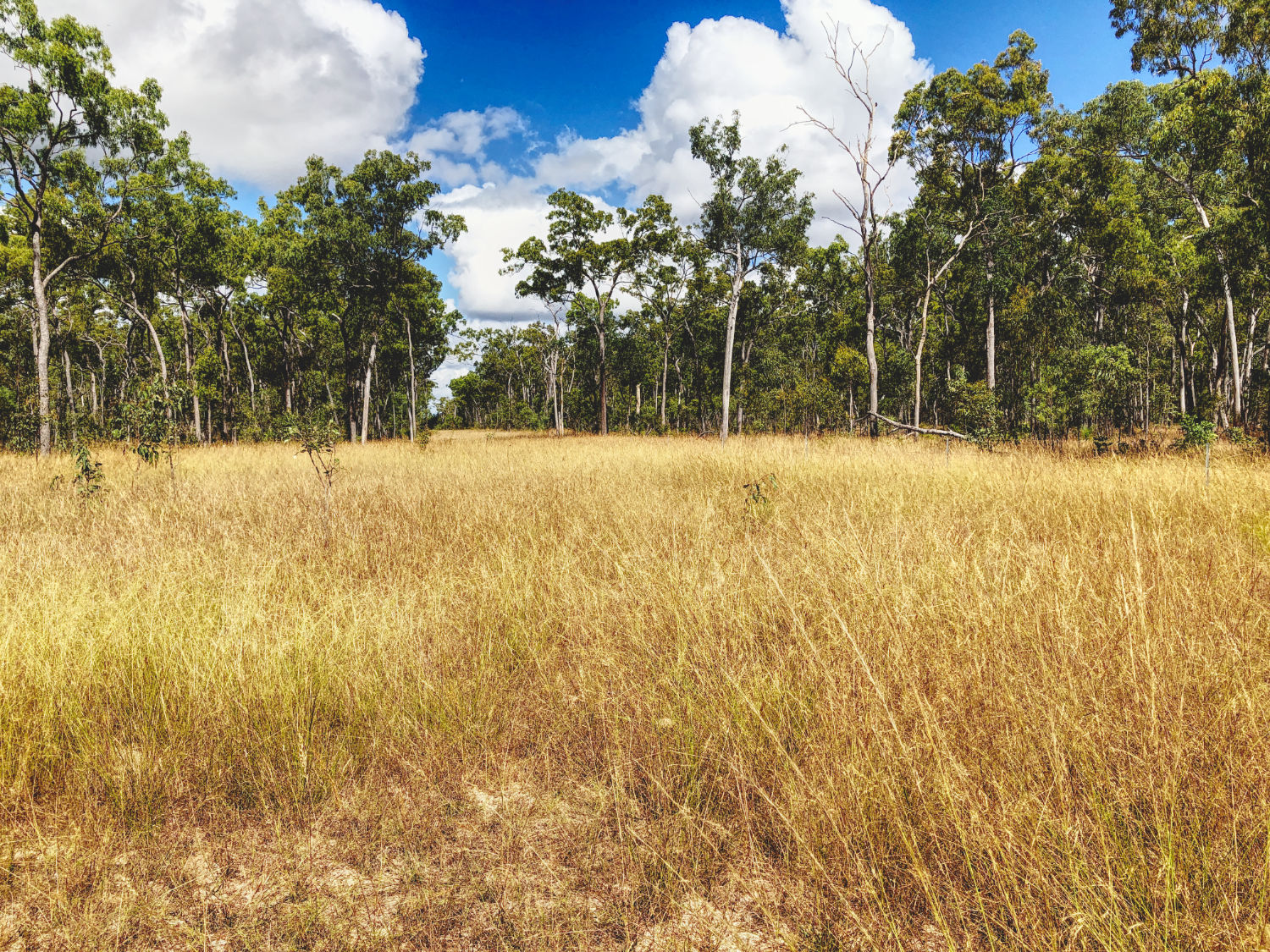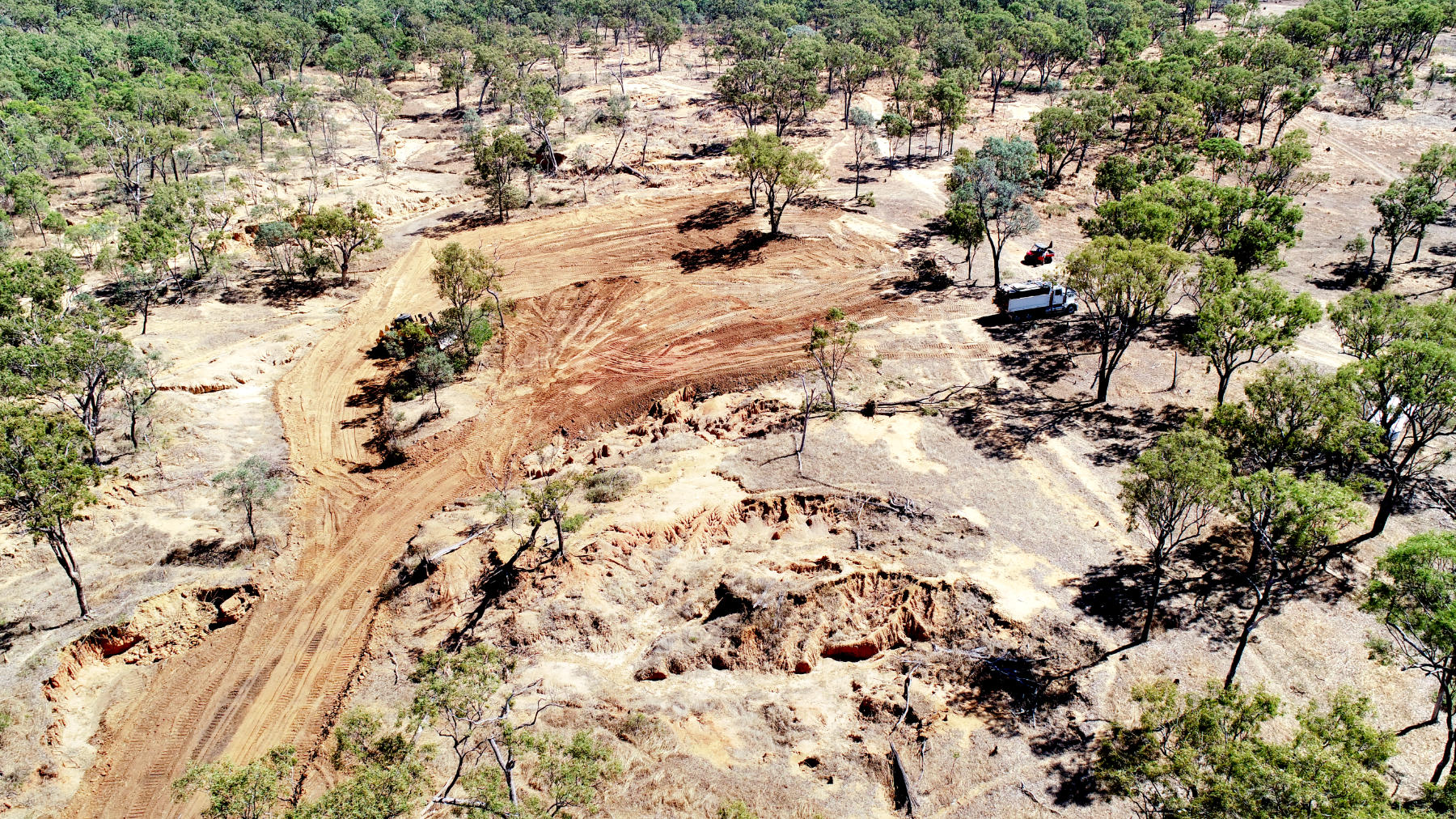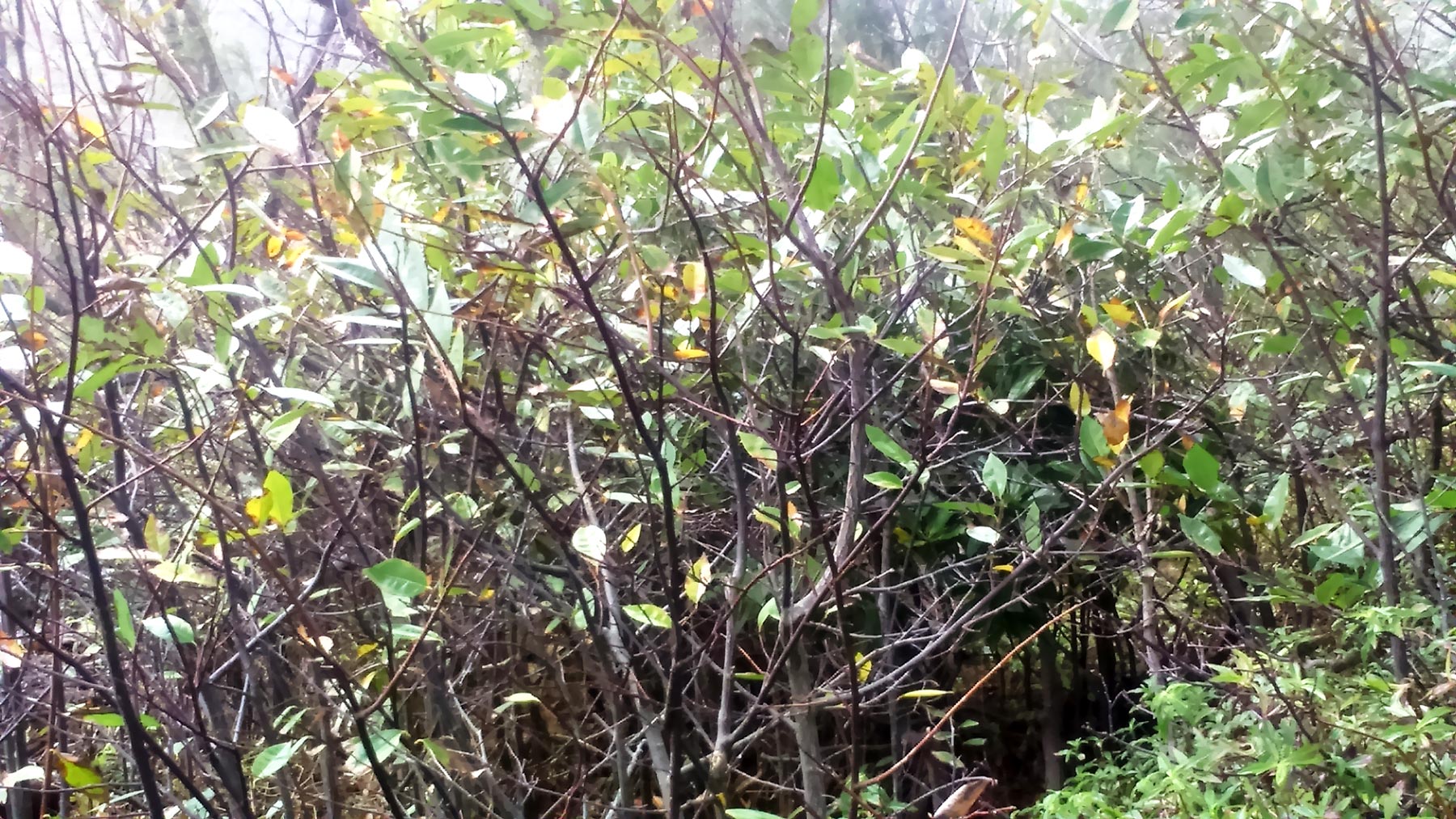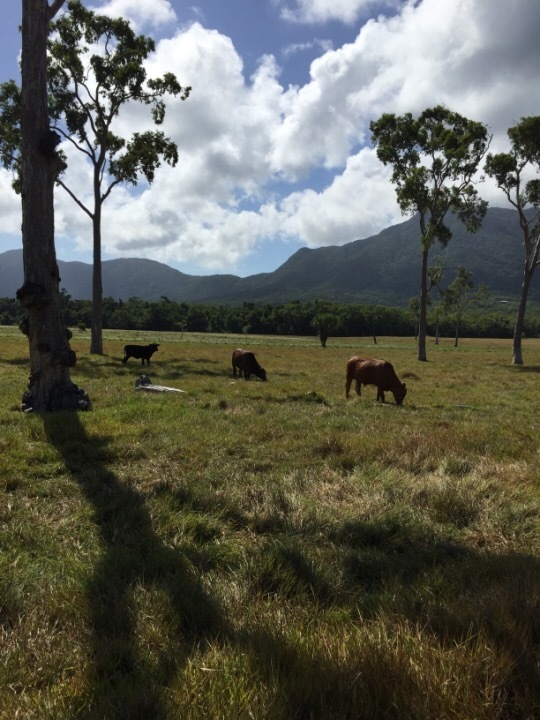Adaptation Pathway
Community-based plans for sustainable livelihoods and conservation have a big influence on changes in land management and identifying innovative new land use options. Planning can assist people and country to respond to local climate change impacts that are highly variable and require local actions to adapt.
Cape York NRM is promoting a planning by doing approach, which is about helping people to develop and implement their own plans. The approach identifies regional NRM targets, adaptation pathways and investment priorities that the community agree with as they are pivotal in implementing the plan.
This pathway provides access to information, planning and implementation across scales, supporting groups to plan on country and carry out their actions.
Examples include the regional NRM plan and Atlas planning tools, regional collation and analysis of data, with Cape York NRM as custodians for local data and building on-ground monitoring capacity. Plans include property plans, pest management plans, catchment management plans, Healthy Country Plans and threatened species recovery plans. This pathway is about supporting the development of these plans, implementing them and learning from actions locally and regionally.
How was it identified
Cape York has a long history of failed planning processes. This pathway was developed from the collation of on-country and community plans on Cape York through multiple organisations, particularly for the Who Plans Here site.
Cape York Indigenous groups have also participated in the Healthy Country Planning process that follows the Conservation Action Standards. Support for enhancing this process was suggested at the 2014 RIS workshop.
Working with land managers and Cape York organisations, Cape York NRM have also been involved in property management planning, including soils, water quality, land condition, fire and pest management plans for Graziers and Lakeland properties. Engagement with the Grazing and Horticultural community has also occurred through Industry Roundtables and delivery of Sustainable Agriculture projects, Reef Grants and the development of the Water Quality Improvement Plan implementation strategies.



